DROPS Brushed Alpaca Silk
Přepychová směs počesané alpaky a morušového hedvábí
od:
54Kč
za 25 g
Složení: 77% alpaka, 23% hedvábí
Skupina přízí:
C (16 - 19 ok)
/ 10 ply / aran / worsted
Váha/návin: 25 g = cca 140 metrů
Doporučená síla jehlic: 5 mm
Zkušební vzorek: 10 x 10 cm = 17 ok x 22 řad
Péče: prát v ruce, max. 30°C / sušit volně rozložené
Made in: Peru
Původ surovin: Alpaka pochází z Peru, hedvábí z Číny
Tato příze získala certifikát Oeko-Tex® (číslo 23.HPE.36896), Standard 100, Třída II, vydaný zkušebním ústavem Hohenstein Institute. To znamená, že byla testována na přítomnost dráždivých látek a z hlediska působení na člověka i přírodu byla shledána bezpečnou. Třída II znamená, že příze je vhodná pro přímý styk s pokožkou, a to i ve velké ploše, takže se hodí na oděvy, jako jsou halenky, topy, trička atd.
Tuto luxusní přízi tvoří jedinečná směs hebké, česané alpaky a jemně lesklého hedvábí! Měkkoučkou DROPS Brushed Alpacu Silk vám představujeme ve vytříbených odstínech, sahajících od něžných béžových a šedých tónů po úchvatné červené a fialové.
Příze je lehoučká a překvapivě hřejivá - je proto velmi vhodná na drobné i větší kousky a můžete ji plést na silnějších jehlicích, takže práce rychle přibývá. DROPS Brushed Alpacu Silk lze využít rovněž jako efektní příplet v kombinaci s jinou přízí, výsledný úplet pak získá nebývalou jemnost.
Více informací o udržitelnosti našich výrobků najdete zde
Mějte, prosím, na paměti, že zobrazení barev se může monitor od monitoru lišit stejně tak se mohou mírně lišit odstíny jednotlivých výrobních šarží.
Jak se mám o tuto přízi starat?

prát v ruce, max. 30°C / sušit volně rozložené
Nejprve zvažte, zda oděv místo praní pouze nevyvětrat. Pokud jej přesto chcete vyprat, zde je několik pokynů:
- Perte v ruce na 30 °C - odděleně - v pracím prostředku na vlnu bez enzymů a optických rozjasňovačů.
- Nenechte oděv nasáknout. Oděvem jemně pohybujte sem a tam, netřete ho ani nemačkejte.
- Oděv máchejte, dokud není voda zcela čistá, a dbejte na rovnoměrnou teplotu vody.
- Oděv mírně odstřeďte (asi 800 ot./min.) a zvolte program, který na začátku NEPŘIPOUŠTÍ vodu. Nebo vodu z oděvu opatrně vymačkejte suchým ručníkem. Oděv by neměl být zkroucený ani srolovaný.
- Chcete-li oděv usušit, vytvarujte jej a položte naplocho - nevěšte - nejlépe na teplou podlahu v koupelně nebo na sušák v dobře větrané místnosti. Oděv nikdy nesušte na přímém slunečním světle.
- Nesušte v sušičce.
Pozn.: Pokud perete výrobek z této příze v kombinaci s jinou přízí, musíte se řídit pokyny pro praní té nejjemnější z použitých přízí.
Máte dotazy ohledně této příze?
Podívejte se na přehled nejčastějších dotazů (FAQ) k našim přízím.
1) Z jakých druhů vláken se příze DROPS vyrábí?
Příze může být vyrobena z velkého množství přírodních a syntetických vláken. DROPS přináší především příze vyrobené z vlny, bavlny, alpaky, lnu, mohéru a hedvábí. Každý typ vlákna má své vlastní kvality a často se mísí, aby se využily ty nejlepší vlastnosti každého z nich. Hrubší příze má tu výhodu, že je pevnější a odolnější a jemnější vlákna nabízejí větší měkkost a pohodlí. Zde něco o hlavních vláknech, která nabízíme:
Alpaka:
Alpakové rouno je přírodní vlákno získané z alpaky a svou strukturou je podobné vláknu ovčí vlny. Jeho měkkost je způsobena malým průměrem vlákna, podobně jako u merino vlny. Je to měkké, odolné, luxusní a hedvábné přírodní vlákno. Příze vyrobená z vláken alpaky tak snadno neplstnatí ani nežmolkuje a může být lehká či těžší, v závislosti na způsobu předení. I když je podobná ovčí vlně, je teplejší, nekouše a neobsahuje lanolin, díky čemuž je hypoalergenní. Alpaky dodáváme ve 22 přírodních barvách s více než 300 odstínech od havraní černé přes hnědočernou, hnědou, bílou, stříbrnou a starorůžovou.
Mohér:
Toto vlákno pochází z angorských koz a je považováno za luxusní vlákno. Mohérová příze je teplá jako vlna, ale mnohem lehčí; je odolná, dobře se barví a neplstnatí. Mohérová vlákna mají také svůj osobitý lesk tím, jakým způsobem odrážejí světlo. Přestože se jedná o hrubé vlákno, mohér se obvykle spřádá do velmi nadýchané příze, což má za následek vzdušné a lesklé oděvy.
Vlna:
Vlněná vlákna pocházejí z ovčí kůže a jsou to poměrně drsná vlákna. Dvě pozoruhodné vlastnosti vlny jsou její náchylnost k teplu a její plstnatost, což je způsobeno šupinatým povrchem vlákna. Vzhled vlny se různí v závislosti na plemeni ovcí.
Vlna z ovcí Merino je považována za nejjemnější typ vlny pro své charakteristické vlastnosti jako jsou jemnou kučeravost a měkkost. Veškerá merino vlna v přízích DROPS má svůj původ v Jižní Americe a pochází z ovcí, které nebyly podrobeny mulesingu.
Panenská vlna je vlna vyrobená přímo ze zvířecího rouna a nerecyklovaná z existujících vlněných oděvů.
Vlna určená pro praní v pračce je vlna chemicky upravená, aby se minimalizovala vnější chlupatá vrstva vláken, a proto je vhodná pro praní v pračce (viz Superwash).
Hedvábí:
Hedvábné vlákno je jemné dlouhé vlákno vyrobené z kukly housenky můry známé jako bourec morušový. Vedle kultivovaného bource morušového se získává také divoké hedvábí neboli tussah ze zámotků divokého bource. Hedvábné vlákno je jedno z nejpevnějších přírodních vláken a vytváří úžasnou pletací přízi. Velmi dobře se mísí s jinými vlákny, zejména s vlnou. Hedvábí se krásně barví i přírodními barvivy.
Rostlinná vlákna:
Existuje několik druhů rostlinných vláken, které se nacházejí v buněčných stěnách rostlin. Ze všech odrůd jsou dvě uznávány jako hlavní pletací nebo textilní vlákna. Těmi jsou bavlna a len.
Bavlna je vlákno obklopující semena bavlněného lusku a je tvořeno téměř čistou celulózou. Bavlna je obvykle bílé barvy, ale existují i zelené a hnědé odrůdy. Bavlněné vlákno se nejčastěji spřádá do příze nebo nitě a používá se k výrobě měkké, prodyšné textilie, která je vhodná pro letní oblečení a doplňky. Příze je slabší než hedvábí či len, avšak pevnější než vlna.
Mercerizovaná bavlna je bavlna, která prošla mercerační úpravou. Tato úprava dodává bavlněným tkaninám a nitím lesk, která je lesklejší než běžná bavlna. Je také pevnější, přijímá barvivo o něco snadněji, činí přízi odolnější vůči plísním a tolik nežmolkuje. Také se tolik nesráží a drží lépe svůj tvar než "běžná" bavlna.
Len je vlákno získané ze stonku rostliny lnu, které je odolnější a pevnější než jakékoli jiné vlákno. Lněné vlákno je poměrně měkké, rovné a lesklé a s věkem krásně zraje. Len je mnohem pohodlnější na nošení než bavlna, především v horkých teplotách, protože lépe absorbuje vlhkost a rychleji schne.
Mezi další materiály používané v našich přízích patří syntetická vlákna, jako je akryl, viskóza, polyamid (nylon) a polyester. Tato vlákna se používají většinou k posílení pevnosti příze (jako u naší ponožkové příze DROPS Fabel) nebo pro vytvoření speciální struktury (jako u naší foukané příze DROPS Air).
Polyamidové vlákno, běžně známé jako nylon, je velmi pevné, odolné, lehké, snadno se udržuje (lze prát a sušit v pračce) a elastické, díky čemuž je ideální pro smíchání s jinými vlákny pro výrobu odolné příze jako jsou ponožky.
Polyamid je ve srovnání s polyesterem měkčí a pružnější, ale také absorbuje více vody a pomaleji schne.
3) Jaký druh informací mohu získat ze štítku na přízi DROPS?
Všechny štítky příze DROPS obsahují informace o složení vláken (vlna, bavlna atd.), hmotnosti v gramech, metráži, pokyny pro praní a symboly (vysvětleno zde), číslo barvy, číslo šarže barvení a skupinu přízí.
4) Co to jsou skupiny přízí DROPS?
Všechny příze DROPS jsou klasifikovány do 6 různých skupin tloušťky (A až F) . Příze ve stejné skupině mají podobnou hustotu úpletu/zkušební vzorek, a proto mohou být zaměňovány v pletacích vzorech; délka se však může lišit. Při nahrazování příze za jinou proto vždy přepočítejte metráž potřebnou pro daný vzor abyste věděli, jaké množství příze budete potřebovat.
5) Mohu použít jinou přízi než jaká je uvedena u daného modelu?
Ano, pokud má příze podobnou hustotu úpletu/zkušební vzorek. Vždy si nejdříve upleťte zkušební vzorek abyste měli jistotu, že získáte stejný počet ok na šířku a řad na výšku, jak je uvedeno ve vzoru.
Pamatujte, že různé příze s různou texturou dodají oděvu odlišný vzhled. Metráž/délka se také může lišit, takže při nahrazování za jinou přízi vždy přepočítejte potřebnou metráž abyste věděli, jaké množství budete nakonec potřebovat.
Přečtěte si více o tom, jak vypočítat množství alternativní příze – a jak nahradit 1 vlákno jedné příze dvěma či vícero od jiného druhu, zde.
6) Co znamená, že je příze “Superwash”?
Vlna superwash je speciální vlněný výrobek, který byl upraven nebo zpracován způsobem, který umožňuje jeho praní v pračce. Mnoho lidí se bojí pracovat s vlnou kvůli její srážlivosti (ačkoli někteří vlnu srážejí záměrně) a vlna superwash jim umožňuje pracovat se skvělými vlákny bez obav (více zde).
7) Co znamená “certifikát Oeko-Tex®”?
Oeko-Tex® Standard 100 byl představen na začátku 90. let jako reakce na potřeby široké veřejnosti týkající se textilií, které nepředstavují žádné zdravotní riziko. Oeko-Tex® Standard 100 je celosvětově jednotný testovací a certifikační systém pro textilní suroviny, přechodné a finální produkty ve všech fázích výroby. Test na škodlivé látky zahrnuje látky, které jsou zakázány nebo regulovány zákonem, chemikálie, o kterých je známo, že jsou škodlivé zdraví, a parametry, které jsou zahrnuty jako preventivní opatření k ochraně zdraví.
Další informace najdete na www.oeko-tex.com
10) Jak přesné jsou barevné odstíny vzorkovnice na webu?
Při získávání fotografií pro barevnou vzorkovnici se snažíme dosáhnout nejvyšší úrovně přesnosti barev. Bohužel nemůžeme zaručit, jak budou obrázky vypadat na obrazovce vašeho počítače. Každý monitor zobrazuje barvy jinak, některé barvy mohou vypadat tmavší, než ve skutečnosti jsou, a některé barvy mohou být na některých obrazovkách sytější. Pokud zjistíte, že mnoho barev příze vypadá na obrazovce jinak než skutečná barva klubek, upravte si nastavení na svém monitoru.
11) Co je mikron? Co znamená super fine/ extra fine?
Jemnost vláken příze se měří v mikronech (tisícinách milimetrů). Super fine (super jemná) vlna z alpaky měří 26-28 mikronů. Fine (jemná) merino vlna má tloušťku menší než 21,5 mikronů a extra fine (extra jemné) merino měří pod 19,5 mikronů. Čím nižší počet mikronů, tím jemnější a choulostivější vlákno, čím vyšší počet mikronů, tím odolnější vlákno vůči opotřebení.
Důvod, proč jsou mikrony u vláken přízí důležité, je ten, že z příze se nakonec stane něco jiného a jak jemná nebo hrubá příze je, částečně určí, k čemu ji použijeme. To je důvod, proč doporučujeme nejměkčí příze (jako DROPS Baby Merino) pro kojenecké oblečení, nebo proč jsme se rozhodli použít odolnější přízi, jako je DROPS Snow, na sedací podložku nebo pantofle.
12) Proč se barvy na klubkách mých print přízí liší?
Důvod, proč dvě klubka stejně tištěné (print) příze vypadají odlišně, může být 1) že každé klubko bylo barveno v jiné várce a má tedy odlišnou šarži; 2) že klubka byla obarvena technikou zvanou „magic print“ (ta, která se používá například v DROPS Delight), čímž poskytuje jedinečné vzory a hladké barevné přechody mezi klubky. To také znamená, že se v rámci jedné šarže mohou objevit světlejší či tmavší obměny odstínů. Toto není vada, ale součást charakteru příze.
13) Můj oblíbený obchod nemá požadovaný odstín, co mám dělat?
Pokud váš DROPS obchod nemá přízi v požadovaném odstínu, zkuste kontaktovat DROPS Super Store (obchod se zlatým odznakem) – zde vám zajistí dostatečné množství příze nad rámec skladových zásob. Seznam všech obchodů DROPS zde.
14) Jak dohledám číslo šarže konkrétní barvy?
Vždy se snažte nejprve kontaktovat svůj obchod DROPS. Pokud nemají požadovanou šarži, doporučujeme, abyste se zeptali ostatních pletařek a háčkařek na DROPS Workshop in Facebook nebo Ravelry, které mohou mít totožnou šarži doma ve svých zásobách klubek, a byly by ochotny se o ně podělit.
Příze líná, protože není dostatečně spředena, aby udržela všechna vlákna pohromadě. Všechny příze mají přebytečná vlákna (z výroby), která se mohou, v závislosti na způsobu předení, uvolnit a v různé míře línat či žmolkovat. Kartáčované příze ("chlupatější" příze) jako DROPS Melody mají více těchto volných vláken než jiné příze, a proto více línají. Línání také závisí na tom, co nosíme pod nebo přes oděv a zda to táhne vlákna příze. Není tedy možné zaručit, že nedojde k žádnému línání.
Níže je několik tipů, jak dosáhnout nejlepších výsledků při práci s chlupatější přízí:
- Když je oděv hotový (než ho vyperete), silně s ním protřepejte, aby se volnější chloupky uvolnily. POZNÁMKA: NEPOUŽÍVEJTE čistící váleček na textil, kartáč ani jinou metodu, která tahá za přízi.
- Oděv vložte do plastového sáčku a vložte jej do mrazáku – nízká teplota způsobí, že se vlákna k sobě méně přichytí a přebytečná vlákna se snadněji odloučí. Ponechte několik hodin v mrazáku, než jej vyjmete a znovu protřepete.
- Oděv vyperte podle pokynů na štítku příze. Oděvy vyrobené z chlupatějších přízí je obvykle potřeba po vyprání protřepat, aby se chlupy odloučily a přebytečná vlákna mohla odpadnout.
16) Proč se na mé pletenině tvoří žmolky?
Žmolkování je přirozený proces, ke kterému dochází i u těch nejvybranějších vláken. Je to přirozená známka opotřebení, kterému jde jen těžko předejít. Opotřebení je nejviditelnější v místech s vysokým třením, jako je podpaží či lemy.
Váš oděv může vypadat opět jako nový, když žmolky odstraníte pomocí kartáče na šaty nebo speciálního strojku - odžmolkovače.
Jak mohu tuto přízi nahradit?
Pokud chcete nahradit tuto přízi jinou přízí DROPS, můžete použít jinou ze stejné skupiny přízí nebo vyzkoušet náš převodník!!
Komentáře / Otázky (441)
![]() Gill wrote:
Gill wrote:
I would like to find a colour match for the brushed alpaca silk in light lavender please, in a smooth yarn such as merino or alpaca. The light lavender in the alpaca/silk colour chart is totally different to the actual product which I have. It is a much deeper and brighter purple. I want to knit the two yarns together. Thanks for your help.
29.06.2025 - 05:07DROPS Design answered:
Dear Gill, please be aware that the colours shown may vary from screen to screen in the same way that shades may vary slightly from dye lot to dye lot. On the other hand, the yarn to combine will depend on the desired result. For example, what is the needed thickness of the yarn for your project? We recommend that you contact the store where you ordered the yarn and show them the colour of your specific dyelot, so that they can better help you combine the yarns for your desired project. Happy knitting!
29.06.2025 kl. 18:52
![]() Jana wrote:
Jana wrote:
Hallo liebes Drops-Team, ich habe nun zum 3. Mal diese Wolle in der Farbe Gelb, Nr. 30, bestellt, die heute angekommen ist. Aber leider bin ich nicht so zufrieden. Warum haben Sie den Farbton geändert? Vorher war das Gelb frisch und strahlend Gelb und bei der heutigen Lieferung war es eher ein dezentes Vanillegelb! Schade. Dass Sie den Ton verändert haben oder Sie hätten es vermerken müssen. Hätte ich das vorher gewusst, hätte ich es nicht bestellt! Viele Grüße Jana
05.06.2025 - 00:04DROPS Design answered:
Liebe Jana, danke für den Hinweis. Bitte nehmen Sie auch mit Ihrem DROPS Laden Kontakt auf.
05.06.2025 kl. 11:12
![]() Camilla wrote:
Camilla wrote:
Vad ska man tänka på när man blockar en tröja i Brushed Alpaca Silk? Töjer den sig? Tack
19.04.2025 - 14:14DROPS Design answered:
Hei Camilla. Anbefaler deg til å følge vaskeanvisningen til DROPS Brushed Alpaca Silk. Gå til GARN & STICKOR - DROPS Brushed Alpaca Silk - klikk på ikonet der det står: Tvättråd og les informasjonen. Klikk også på "Läs mer om tvätt av garn" og Tvättråd. mvh DROPS Design
22.04.2025 kl. 09:30
![]() Michèle Gonfond wrote:
Michèle Gonfond wrote:
Bonjour Je ne vois plus la couleur 12 Dyelot 484034 (très beau vert !)
25.03.2025 - 07:50DROPS Design answered:
Bonjour Mme Gonfond, le coloris 12 est le coloris rose poudré dans le nuancier Brushed Alpaca Silk - pensiez-vous à une autre couleur? Si elle n'est pas listée, c'est qu'elle a été arrêtée, mais peut-être que certains magasins peuvent en avoir en stock - vous pouvez aussi demander dans le groupe DROPS Workshop si une autre tricoteuse peut vous dépanner si besoin. Bon tricot!
25.03.2025 kl. 10:29
![]() Geneviève wrote:
Geneviève wrote:
Combien environ faut-il de pelotes de Drops Brushed Alpaca Silk pour tricoter un pull classique femme en taille 42.
23.02.2025 - 03:20DROPS Design answered:
Bonjour Geneviève, tout va dépendre de la forme, du style, etc... retrouvez ici tous les modèles de pulls tricotés en Brushed Alpaca Silk, seule ou avec une autre laine. Bon tricot!
24.02.2025 kl. 10:44
![]() Maria Teresa ESTEBAN GONZALEZ wrote:
Maria Teresa ESTEBAN GONZALEZ wrote:
Cuantos ovillos necesito para un chal grande
10.02.2025 - 11:45DROPS Design answered:
Hola Maria Teresa, el número de ovillos dependerá del tipo de patrón usado en el chal, la forma del chal y si es de ganchillo o punto. Puedes buscar en nuestro catálogo "Mujer - Accesorios - Chales - Grandes" y filtrando por lana "Brushed Alpaca Silk" y ver la cantidad que necesitan para el patrón que más se ajuste a tu idea o patrón: aquí
16.02.2025 kl. 19:21
![]() Aliénor wrote:
Aliénor wrote:
Bonjour, j'aimerais savoir combien de cm2 de tricot avec des aiguilles 5mm recommandées obtient-on avec une pelote de DROPS Brushed Alpaca Silk de 25g, je vais faire mon modèle moi-même et je voudrais être sûre de commander assez de laine. Je vous remercie
29.12.2024 - 17:34DROPS Design answered:
Bonjour Aliénor, l'idéal est de tricoter votre échantillon et de mesurer la quantité correspondante; car en fonction de votre tension, le nombre de mailles/rangs pourra varier et par conséquent, le métrage en sera affecté. Bon tricot!
03.01.2025 kl. 08:10
![]() Anna wrote:
Anna wrote:
Buongiorno, mi è stato regalato del filato brushed alpaca silk colore nero. Quale filato potrei abbinare per fare un maglione che non abbia un colore troppo cupo? Grazie
11.12.2024 - 08:12DROPS Design answered:
Buonasera Anna, per un'assistenza così personalizzata può rivolgersi al suo rivenditore DROPS di fiducia. Buon lavoro!
26.12.2024 kl. 23:01
![]() Pauline wrote:
Pauline wrote:
Hallo! Gibt es schon eine Strickanleitung mit brushed alpaka in der Farbe Marzipan damit ich die Farbe besser sehen und einschätzen kann? Ich überlege die Farbe Natur oder Marzipan zu kaufen. Danke!
27.11.2024 - 12:44DROPS Design answered:
Liebe Pauline, wir haben bis jetzt leider keine Anleitung mit Brushed Alpaca Sillk, Farbe Marzipan, aber gerne kann Ihnen Ihr DROPS Händler die beste passende Farbe - auch per E-Mail oder Telefon - empfehlen. Viel Spaß beim Stricken!
27.11.2024 kl. 14:02
![]() Merle wrote:
Merle wrote:
Kann man die Wolle färben? wenn ja wie?
15.11.2024 - 06:43DROPS Design answered:
Liebe Frau Merle, dafür haben wir keine Erfahrung, fragen Sie mal Ihr DROPS Händler, dort kann man Ihnen vielleicht weiterhelfen. Viel Spaß beim Stricken!
15.11.2024 kl. 09:22
![]() Rakel wrote:
Rakel wrote:
Hei! Er fargen "natur" ubleket? Farger garn selv, og lurer derfor på hvilken farge som er best utgangspunkt for farging. Takk!
14.11.2024 - 11:21DROPS Design answered:
Hei Rakle. Den er nok ikke helt ubleket / ubehandlet. Om det skal farges, vær obs på at alpakkaen (77%) kan ta til seg fargen ulikt enn hva silken(23%) gjør. mvh DROPS Design
18.11.2024 kl. 08:44
![]() Manuela wrote:
Manuela wrote:
J'ai enfin décidé de finir un ouvrage commencé il y a ...longtemps... Je me rends compte que je vais être un peu juste en quantité de laine...Je le fait en Alpaca silk coloris 9, qui apparemment n'existe plus...auriez vous connaissance d'un revendeur qui en aurait encore? Ou alors quel autre fil puis je utiliser et surtout quel coloris sera le plus proche? Merci
28.10.2024 - 15:07DROPS Design answered:
Bonjour Manuela, vous pouvez contacter individuellement les différents magasins DROPS pour vérifier s'ils en ont encore en stock ou bien demander à d'autres tricoteuses dans notre DROPS Workshop si l'une d'elles peut vous dépanner. Bon tricot!
28.10.2024 kl. 16:39
![]() Jacky Rowlins wrote:
Jacky Rowlins wrote:
Do you give samples so I can match the colour exactly with a skirt for my granddaughter? I would like cerise sample of brushed alpaca silk and magenta Drops Air to compare? thanks
11.10.2024 - 16:40DROPS Design answered:
Dear Jacky, this webpage is only for showcasing the patterns and the yarns. You can contact your closest DROPS store and they should be able to help you finding a colour match, in person. You can check our UK stores here: https://www.garnstudio.com/findastore.php?id=19&cid=19. Happy knitting!
13.10.2024 kl. 19:45
![]() Wolfi wrote:
Wolfi wrote:
Hallo, ich bin am überlegen dem brushed alpaka silk garn eine jacke im reliefmuster zu häkeln - ich bin mir aber unsicher ob der Stabilität. Wie sehr filzt diese wolle und wie gut hält sie ihre form? Oder ist es besser ich entscheide mich für eine andere wolle? Möchte mich nur ungern hinterher ärgern, aber die farbvarianten sind leider schwer zu schlagen 😅
17.09.2024 - 23:59DROPS Design answered:
Liebe Wolfi, Brushed Alpaca Silk ist sehr weich ist und hält ihr Form nicht, es sei denn Sie häkeln es mit einem unserer anderen Garne zusammen, wie wir es hier getan haben. Viel Spaß beim Stricken!
18.09.2024 kl. 15:51
![]() Cecilia wrote:
Cecilia wrote:
Hi, I have a couple of questions: 1) I want to make an ultra lightweight sweater using Alpaca Silk or the Kid Silk, which will be a better choice in keeping the body warm? 2) Is there a pattern using just Alpaca Silk or Kid Silk so that I can estimate the skeins needed? 3) Since the Alpaca Silk/Kid Silk are such thin yarns, using purely these yarns will mean I should combine 3 or 5 threads for each stitch? Which is more ideal?
09.09.2024 - 04:01
![]() Marianna wrote:
Marianna wrote:
Guten Tag, ich verstehe nicht, wieso die Violetttöne aus dem Sortiment verschwunden sind. Ich empfinde es als großen Mangel! Ich hoffe, die kommen bald wieder und möglichst in verschiedenen Varianten wie es bei rosa, blau, grün und beige der Fall ist.
07.09.2024 - 08:00DROPS Design answered:
Liebe Marianna, danke für den Hinweis, Ihre Anfrage wurde weitergeleitet. Viel Spaß beim Stricken!
09.09.2024 kl. 11:14
![]() Flo wrote:
Flo wrote:
Combien de pelotes faut il pour faire un pull de femme taille 36-38? Merci.
17.08.2024 - 21:17DROPS Design answered:
Bonjour Flo, tout va dépendre de la forme souhaitée (largeur, longueur), du point utilisé et aussi de l'échantillon; découvrez ici tous nos pulls femme tricotés en Brushed Alpaca Silk. Bon tricot!
19.08.2024 kl. 07:04
![]() Anne wrote:
Anne wrote:
Hej - kan man strikke med kun en tråd på pind 7? Eller skal man bruge 2 tråde?
06.07.2024 - 17:56DROPS Design answered:
Hei Anne. Det kommer an på hva som står i oppskriften. Sjekk strikkefastheten og anbefalt pinne str. i den oppskriften du skal strikke. I mange DROPS oppskrifter der det er brukt DROPS Brushed Alpaca Silk og der det er en strikkefasthet på 17 masker x 22 pinner (på 10 x 10 cm) er det brukt pinne 5 - med 1 tråd. Mens ved 2 tråder er det ofte brukt pinne nr. 8, og da er strikkefastheten gjerne 11 masker x 15 pinner. mvh DROPS Design
08.07.2024 kl. 07:28
![]() Monica wrote:
Monica wrote:
Om man vil strikke med dobbel tråd,hva blir strikkefasthet?
27.06.2024 - 09:27DROPS Design answered:
Hei Monica. Det kommer an på hvilken pinnestr. du skal strikke med. Om det f.eks i et plagg har en strikkefasthet på 11 masker x 15 pinner med 2 tråder (= 10 x 10 cm) kan vi ha brukt pinne 8, men for å få denne strikkefatheten må du kanskje bruke en mindre etter større pinne. Husk pinne str. som er oppgitt i en oppskrift er kun veiledende. Du må bruke den pinne str. som gir deg den strikkefastheten som er oppgitt i en oppskrift. mvh DROPS Design
01.07.2024 kl. 07:21
![]() EL wrote:
EL wrote:
Hei! Elsker dette garnet, men savner en kald, mørk gråfarge - en mellomting mellom farge 03 og sort, muligens noe lignende askegrå i Kid Silk. Noen planer om å utvide fargekartet?
23.06.2024 - 11:00DROPS Design answered:
Hei EL. Takk for ditt innspill, ditt ønske er oversendt design avd. Ny farger blir vurdert fortløpende. mvh DROPS Design
24.06.2024 kl. 07:31
![]() Ella wrote:
Ella wrote:
Hi, I'd love to use your Brushed Alpaca Silk for a lace weight pattern. Is this yarn compatible or what yarn weight should I look for in a pattern to use this yarn?
13.05.2024 - 18:30DROPS Design answered:
Dear Ella, you will find all our patterns with lace using DROPS Brushed Alpaca Silk here; one of them might inspire you. Happy knitting!
14.05.2024 kl. 08:01
![]() Ingrid wrote:
Ingrid wrote:
Jeg vurderer å bruke dette garnet, men skulle gjerne visst om det er superwash-behandlet eller ikke. Ønsker et mest mulig miljøvennlig garn, også mtp produksjonen. Mvh, Ingrid
28.04.2024 - 12:02DROPS Design answered:
Hei Ingrid. DROPS Brushed Alpaca Silk er ikke superwash behandlet. Om du er på hjemmesiden vår og under fargekartet til DROPS Brushed Alpaca Silk, scroll ned og det finner du mer informasjon om garnet, der er det også en link som du kan lese mer om våre produkters bærekraftighet. mvh DROPS Design
29.04.2024 kl. 06:55
![]() Gudrun wrote:
Gudrun wrote:
Hallo, ich habe drei Kleider und zwei Pullis aus der Brushed Alpaca Silk gestrickt, in verschiedenen Farben und Formen. Beim Tragen werden sie aber immer weiter und fallen teilweise nicht mehr schön. Was habe ich denn falsch gemacht bzw. was muss ich tun, damit die Teile in Form bleiben? Ansonsten fühlen sich die Sachen beim Tragen super an, ganz weich und leicht.
09.04.2024 - 16:18
![]() Christiane wrote:
Christiane wrote:
Hei, har kjøpt Alpaca Silk i fargen 17 lys lavendel. Bildet på nettet er mye mer lilla enn garnet er i realiteten, det er mer blått. Jeg ønsker noe mer lilla (mer rød andel). Det finnes 2 lilla farger i Kid Silk kvaliteten: 11 - lilla og 55 - tåkete syrin som ser like ut. Er de like blåe som lys lavendel i Alpaca Silk eller er de mer lilla? Mange takk.
04.04.2024 - 19:55DROPS Design answered:
Hei Christiane. Farger kan avvike noe avhengig av skjermtype og innstillinger, men når jeg sammenligner et nøste Brushed Alpaca Silk farge nr. 17 på diverse PC skjermer og mobilskjermer, samsvarer fargene veldig godt. Om du ønsker en mindre blålig farge i Kid-Silk er farge 55 tåkete syrin et bedre valg enn farge 11 lilla. mvh DROPS Design
08.04.2024 kl. 09:52
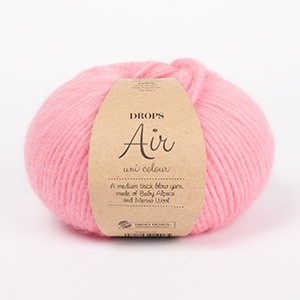





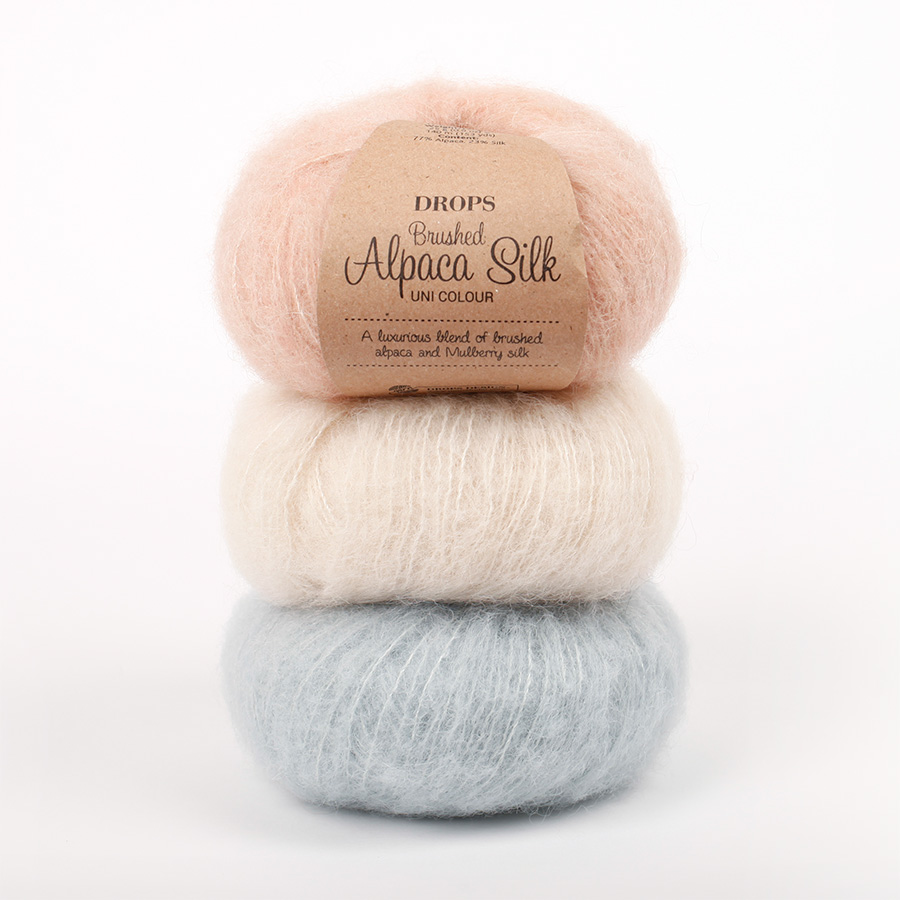
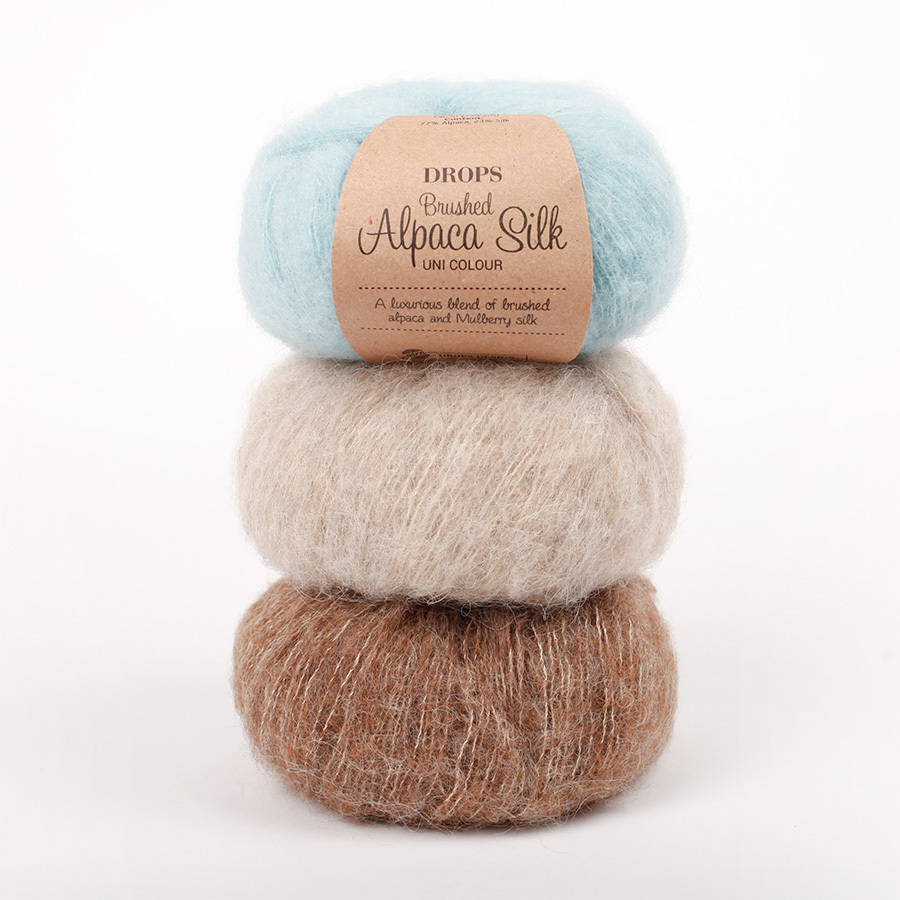
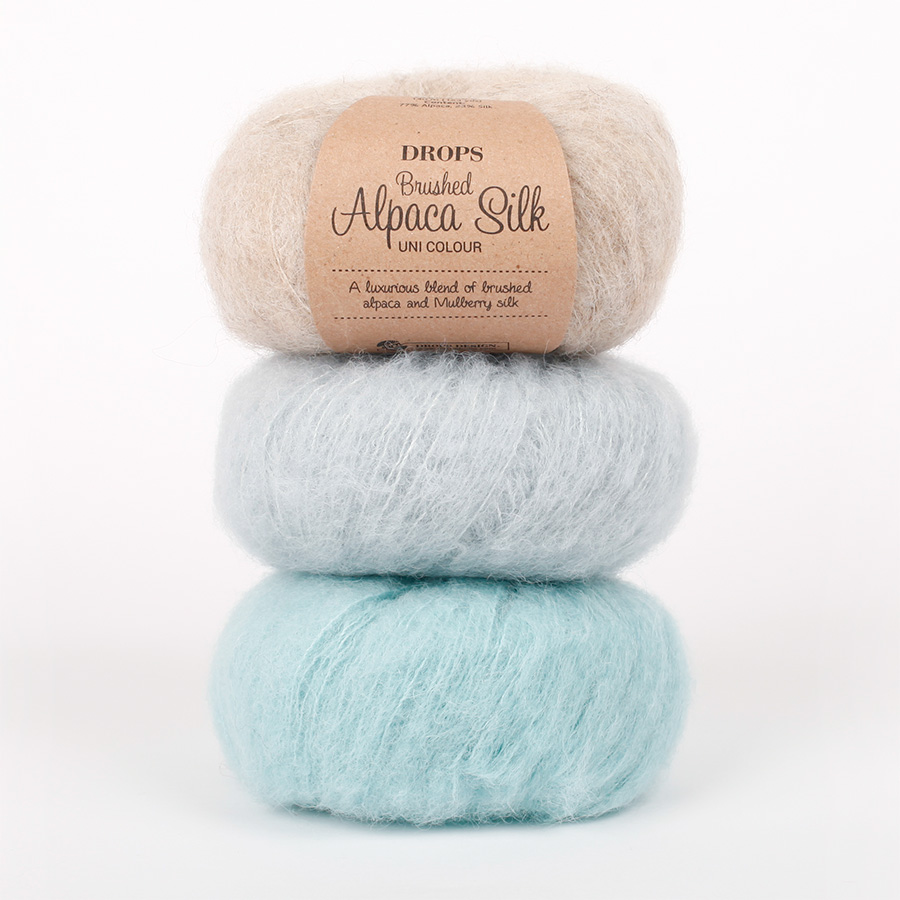

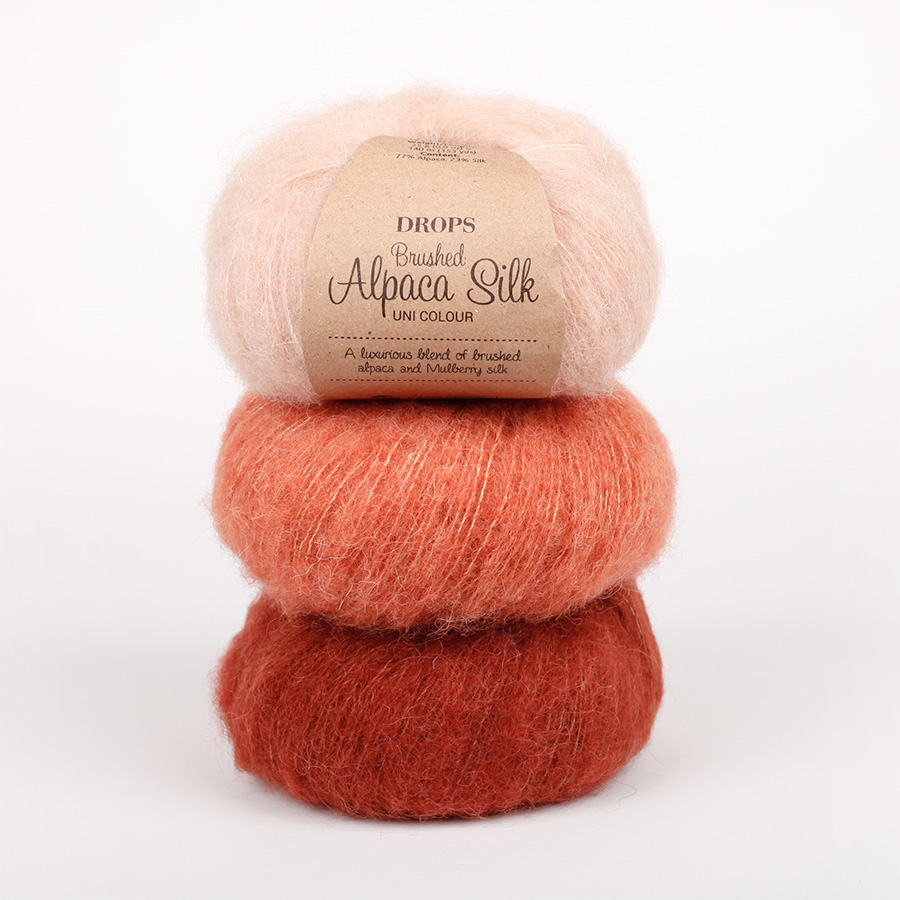
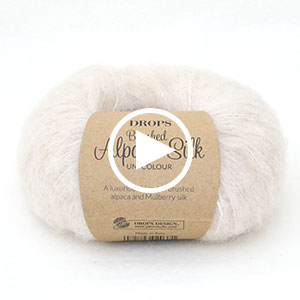

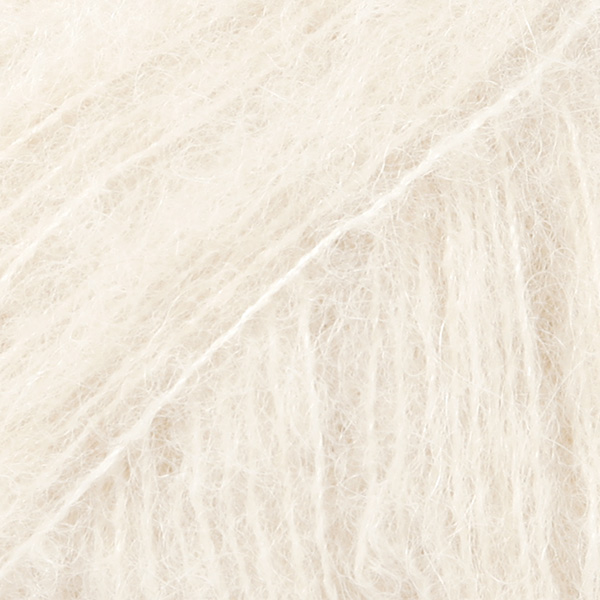

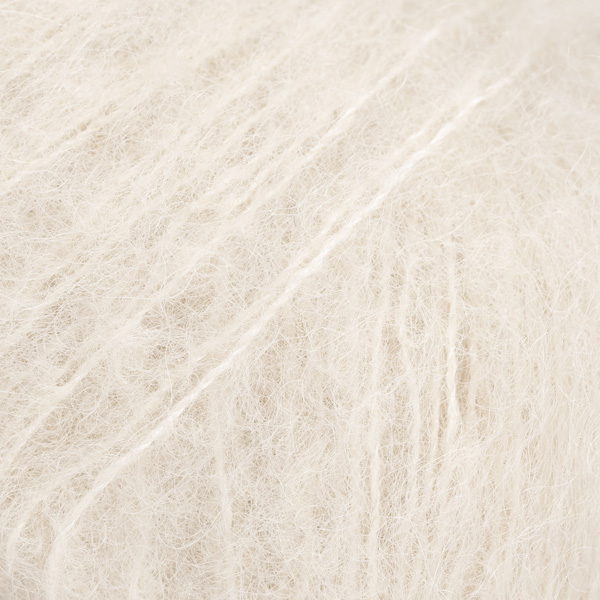









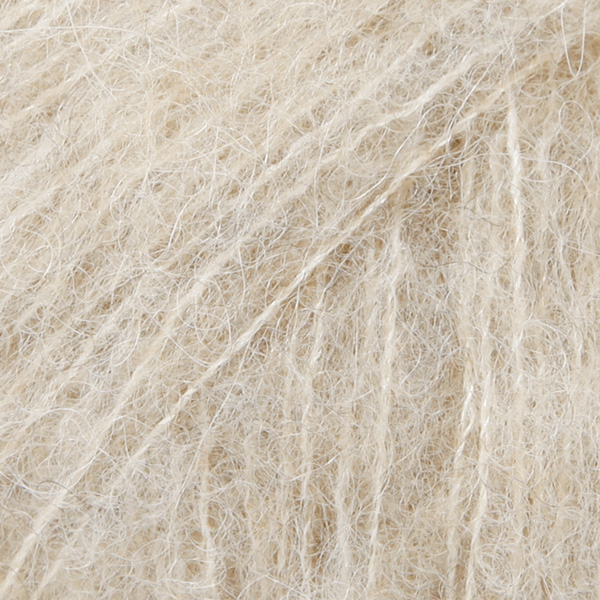

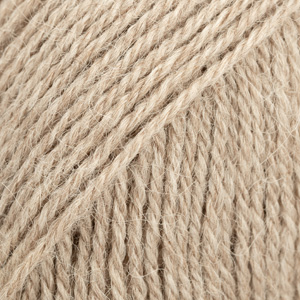






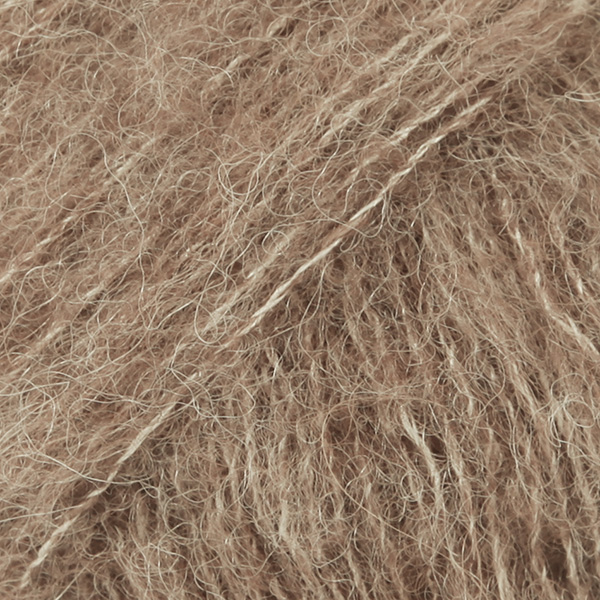
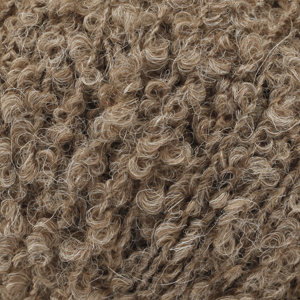


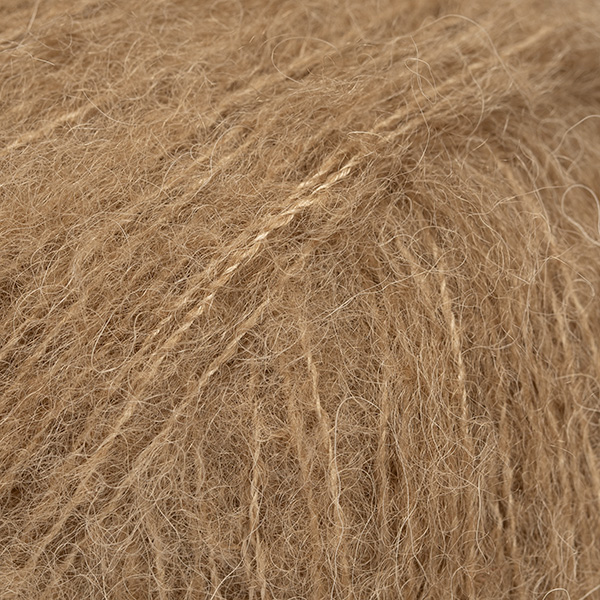
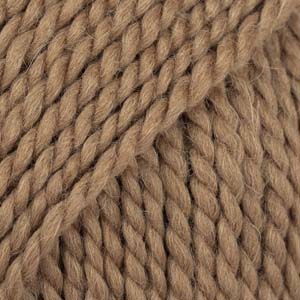



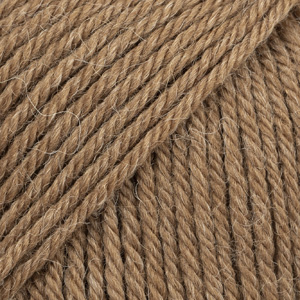





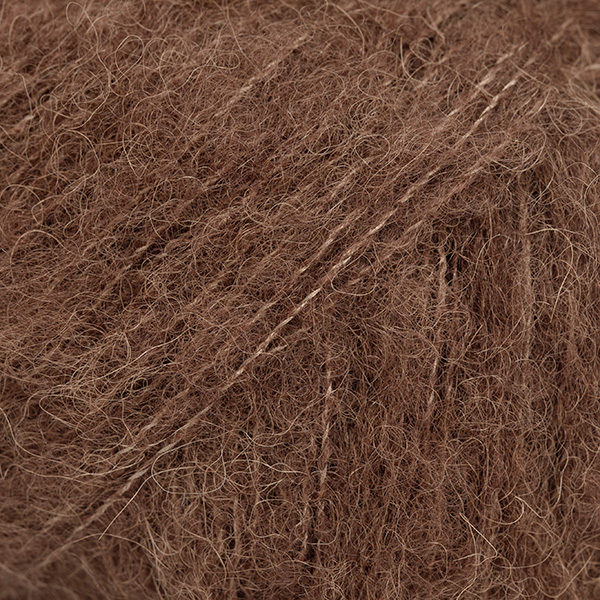


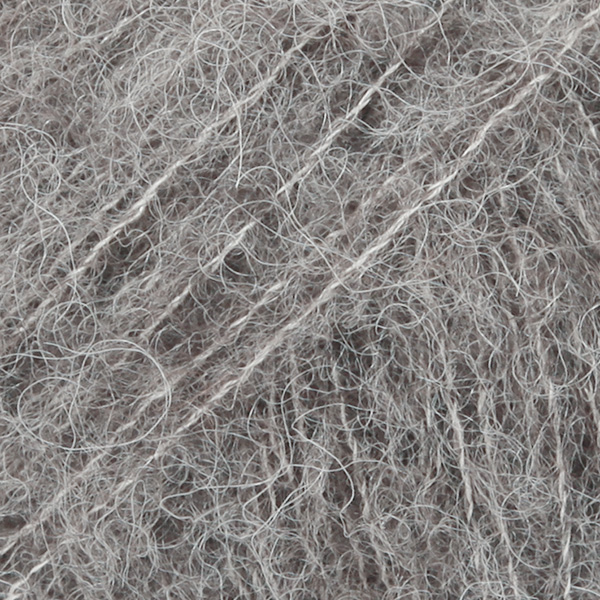



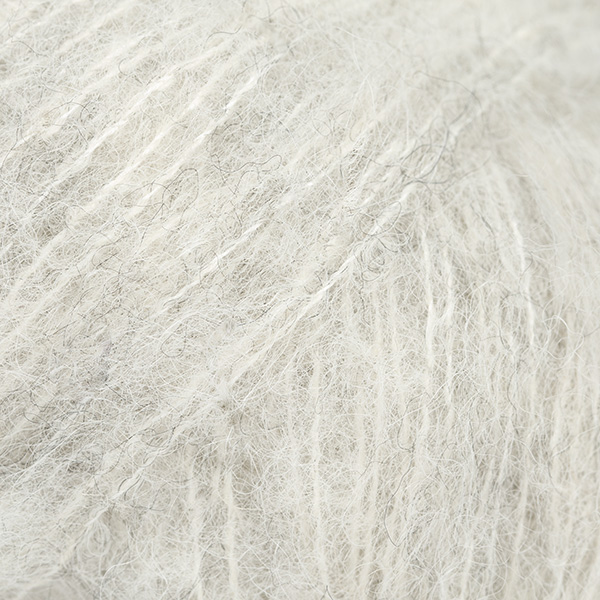

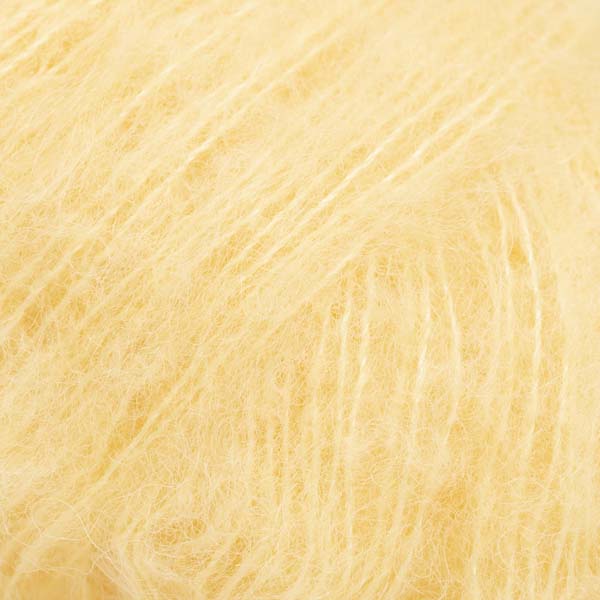






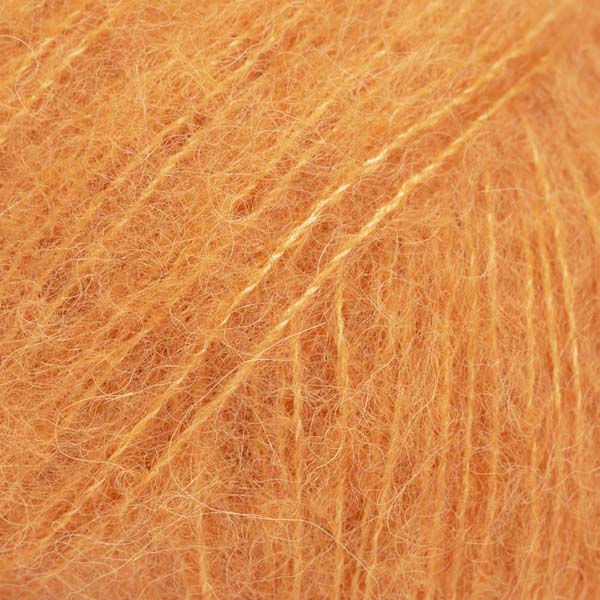





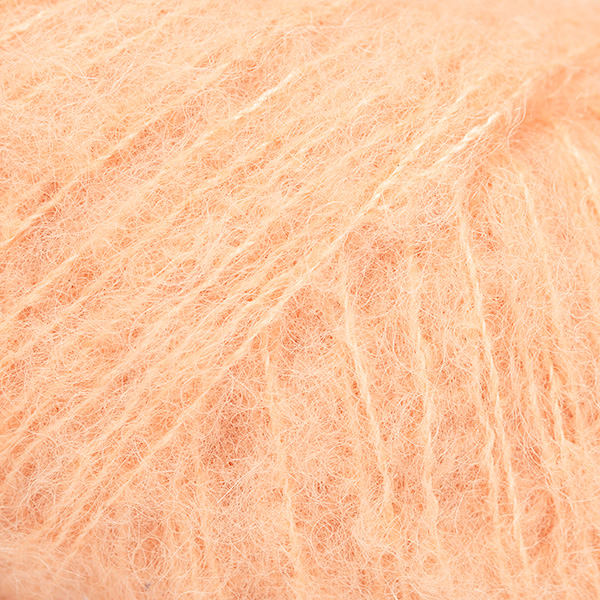





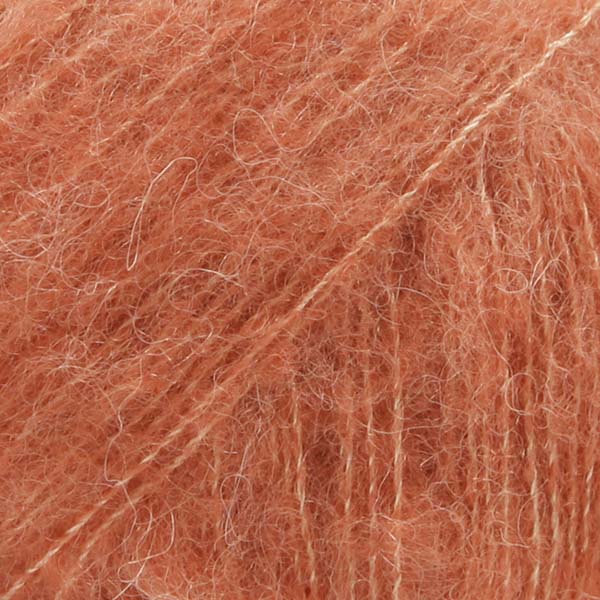




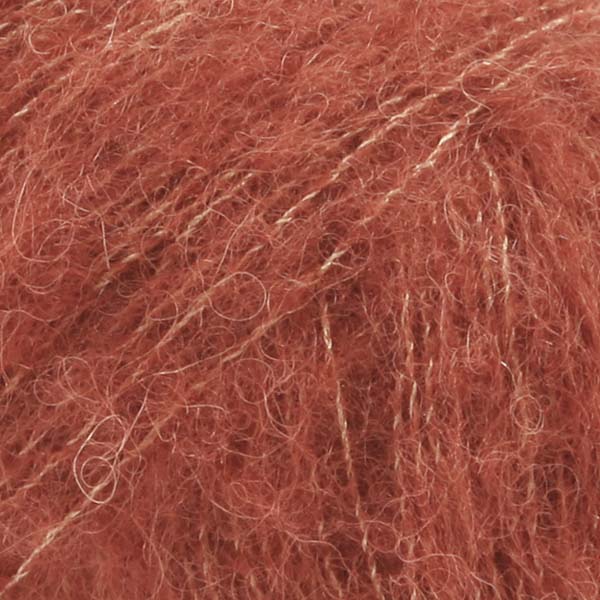

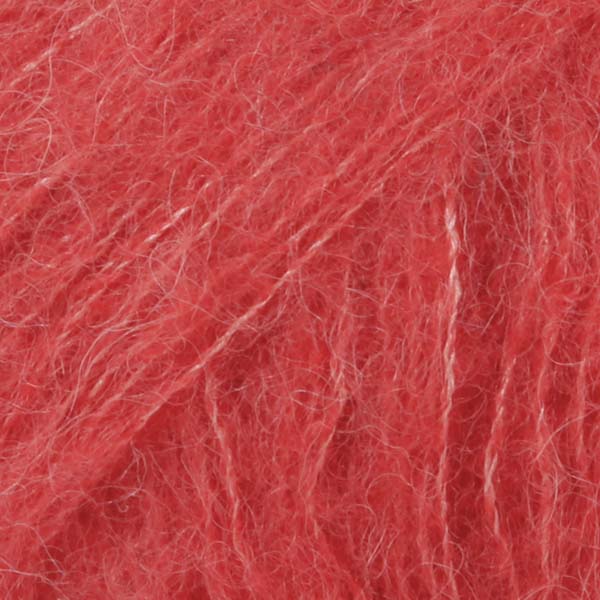

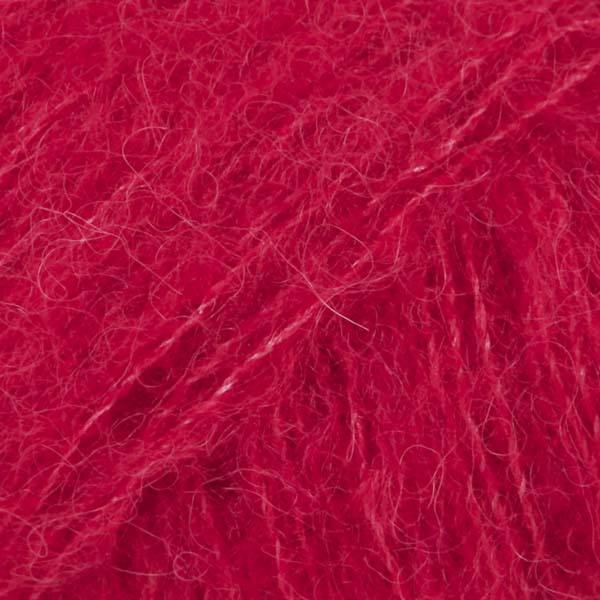



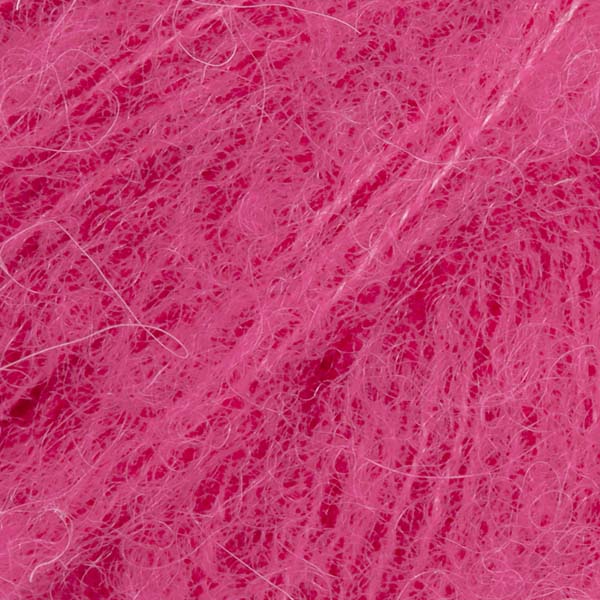





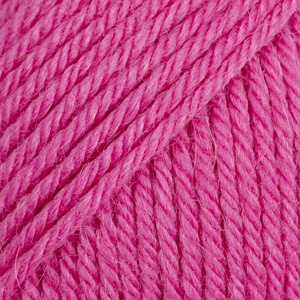




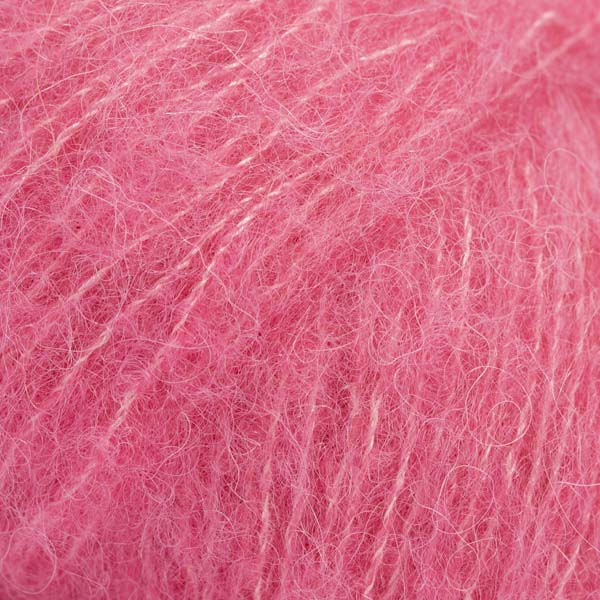




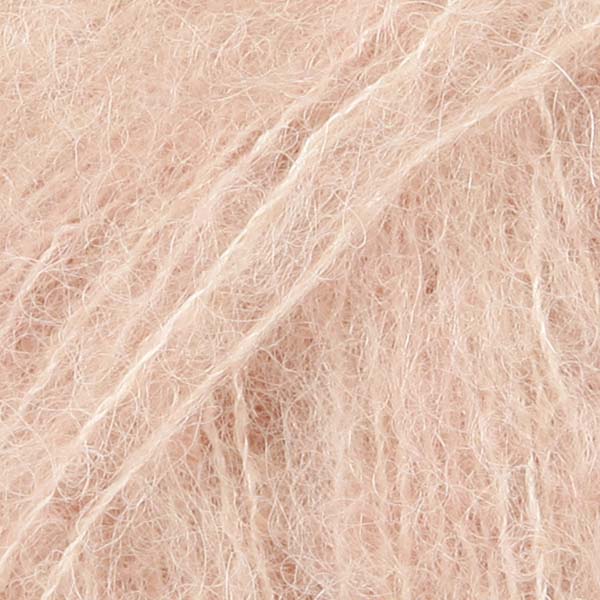




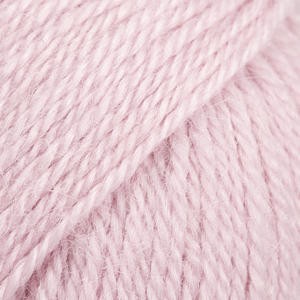
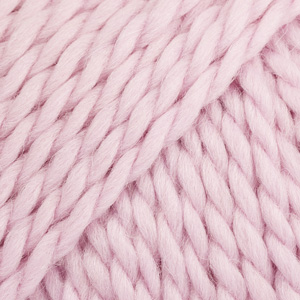






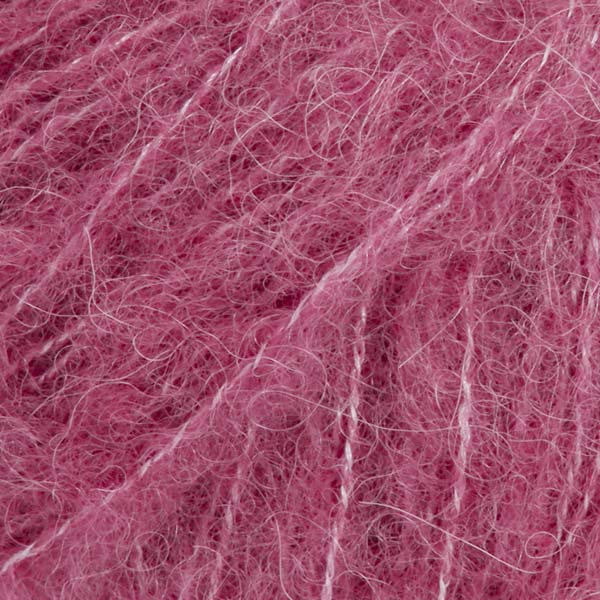


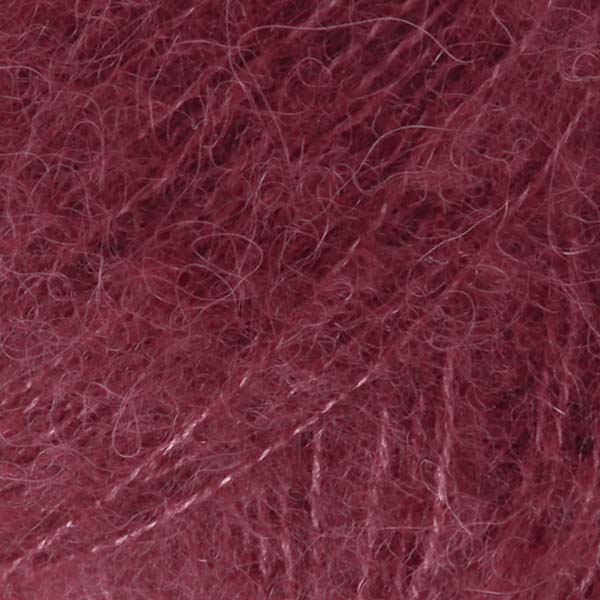


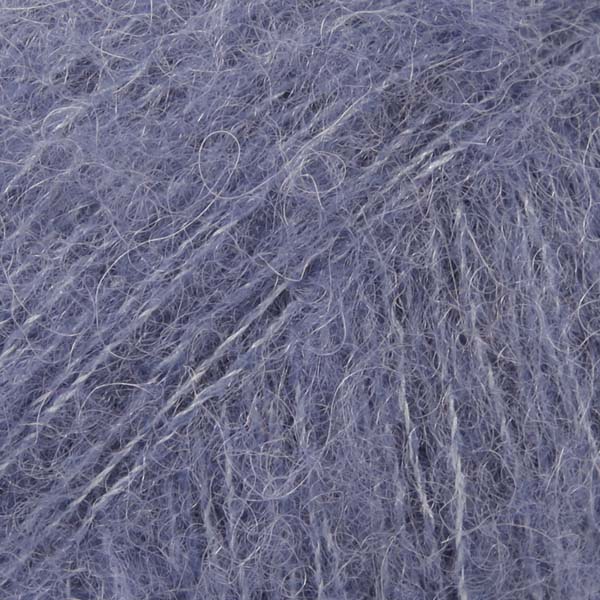
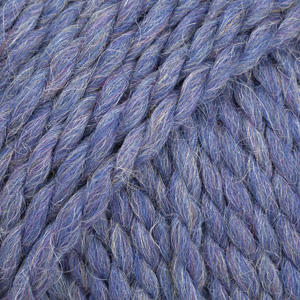


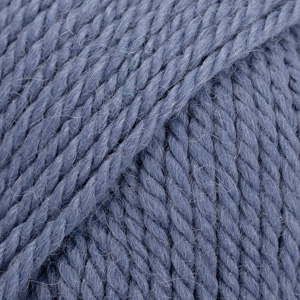

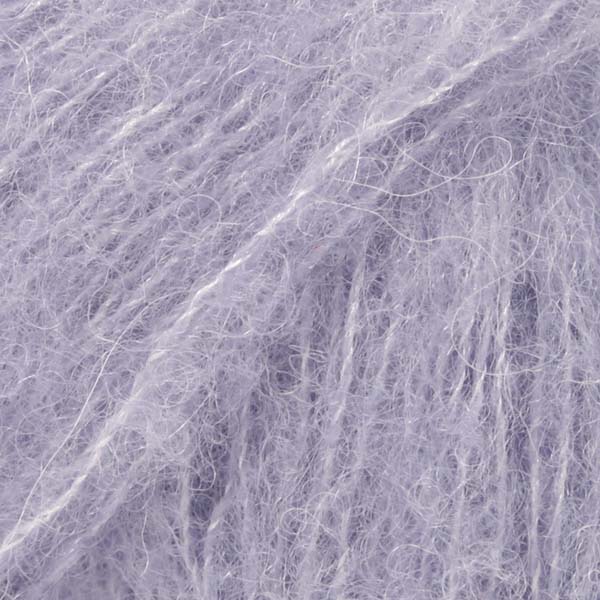

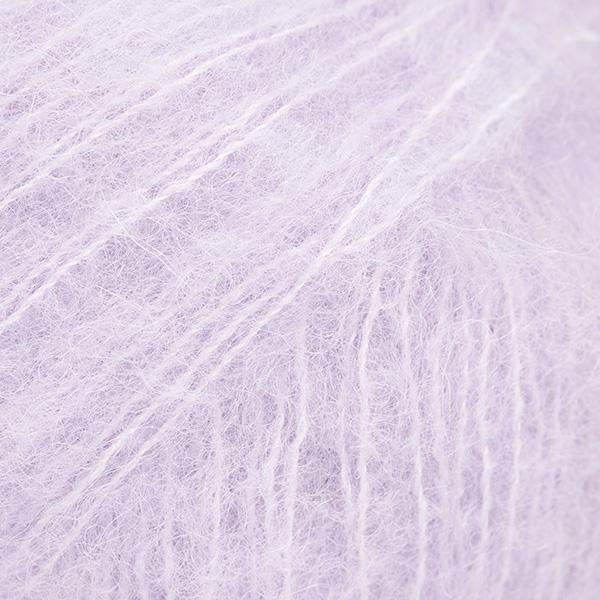







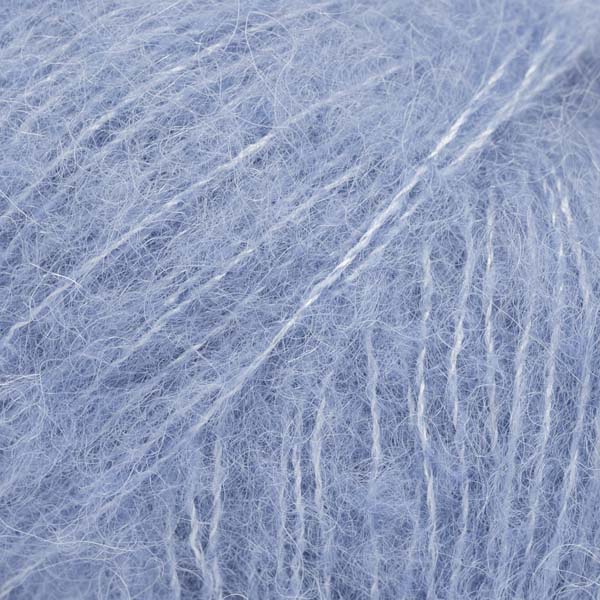


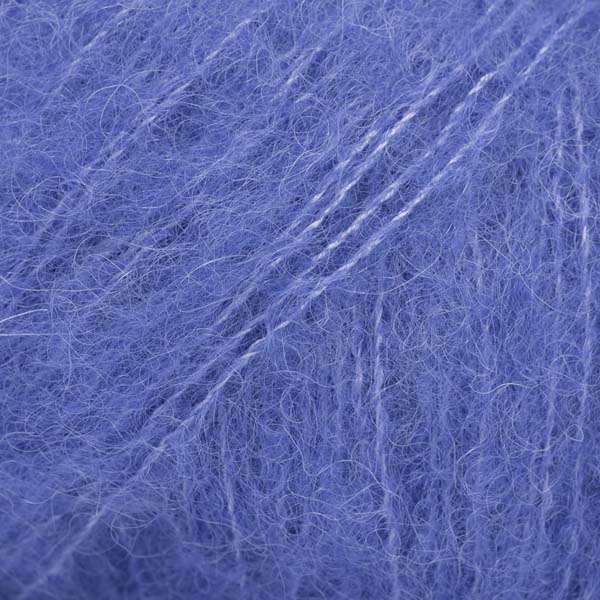

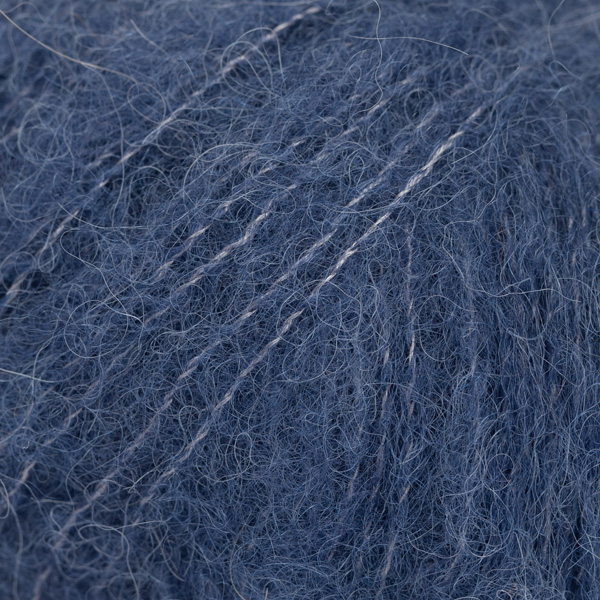



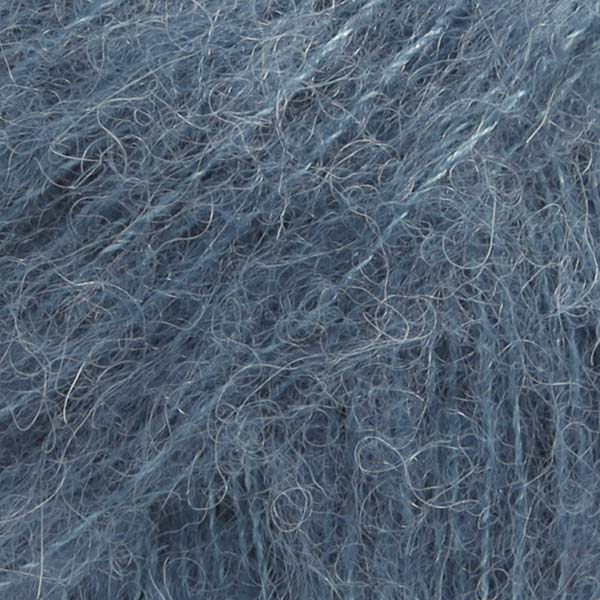



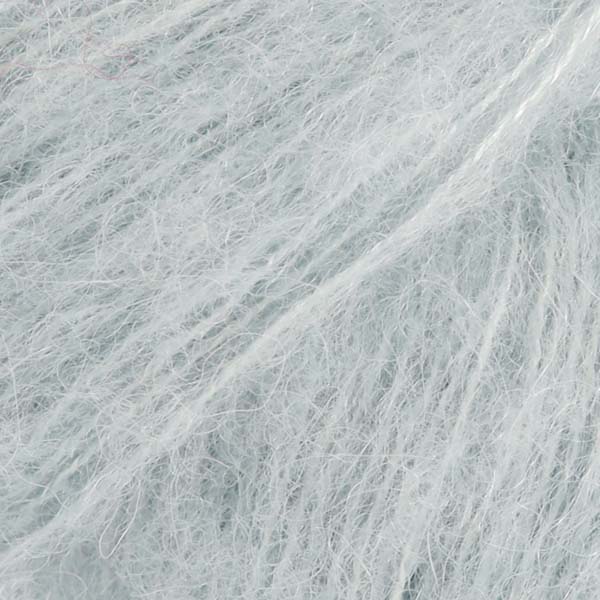




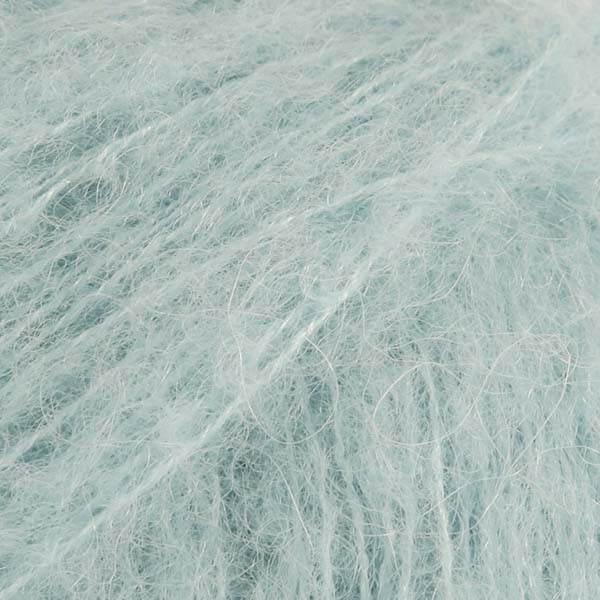






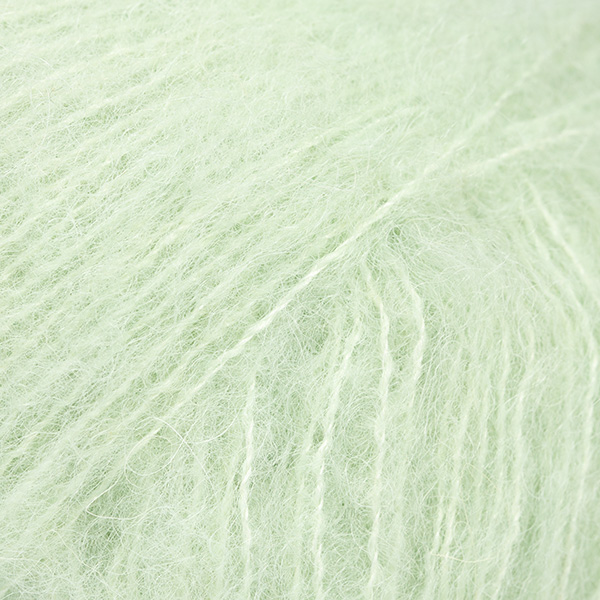

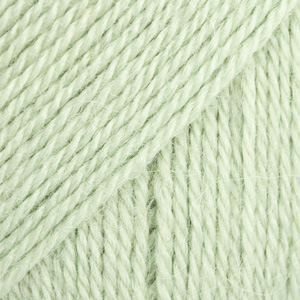






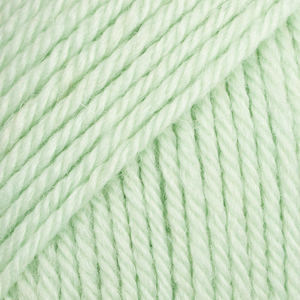


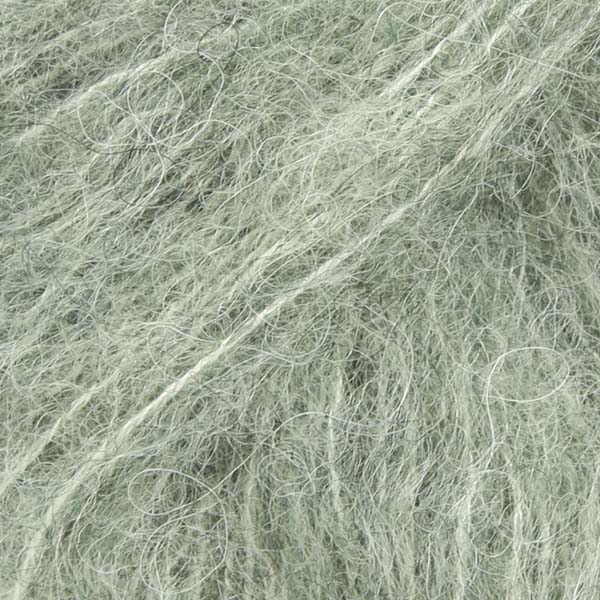



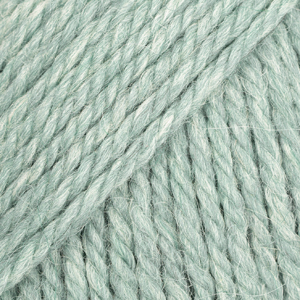




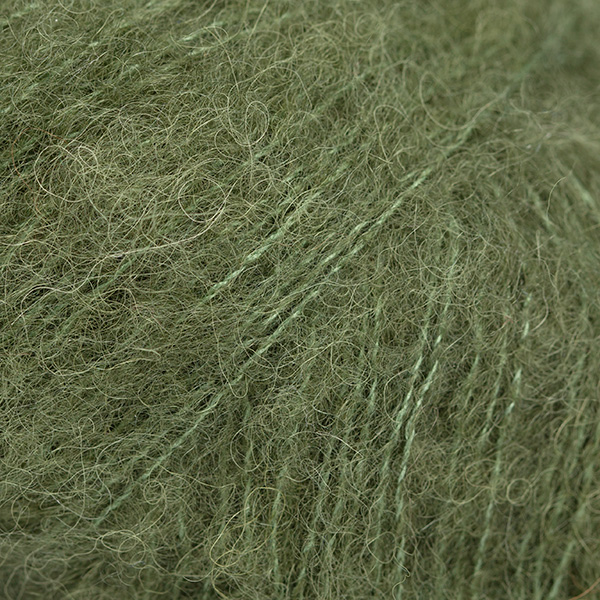





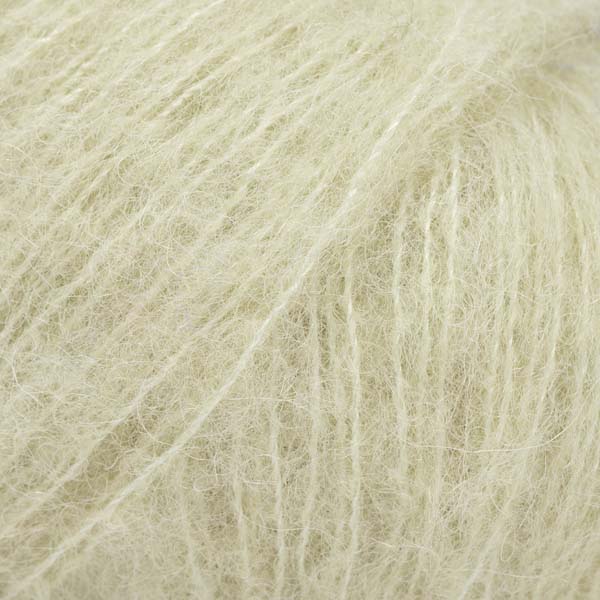

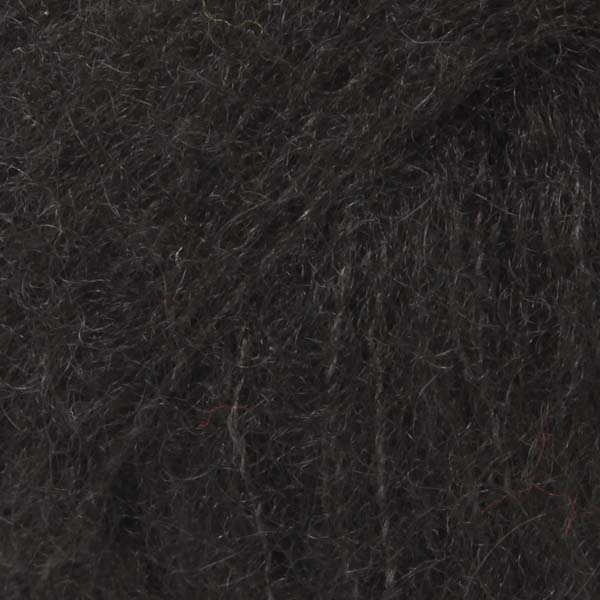

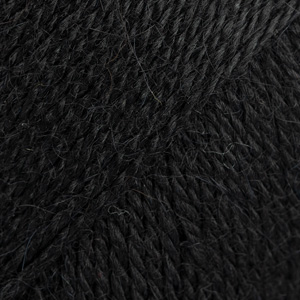








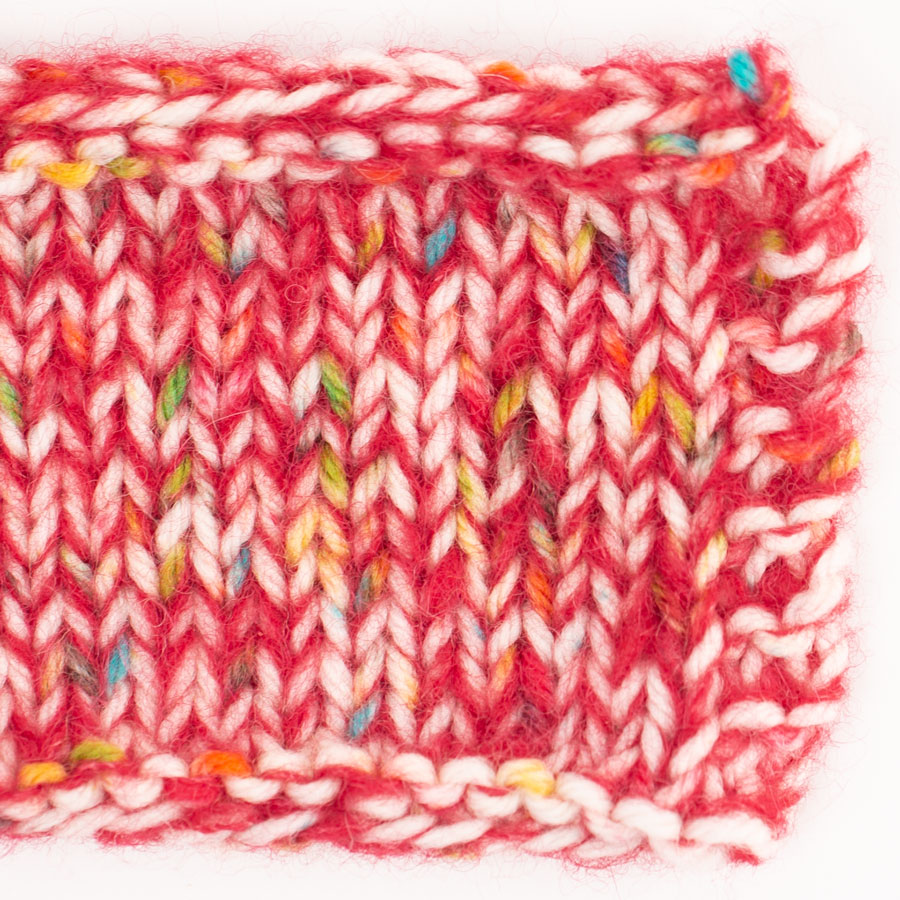
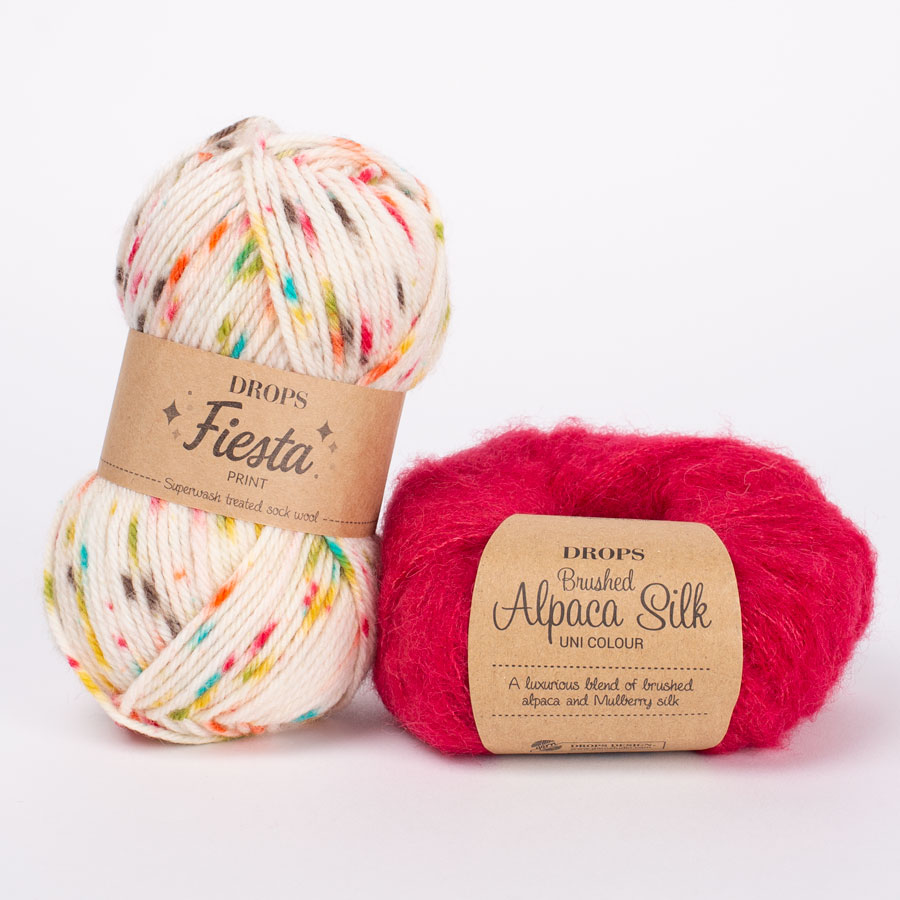
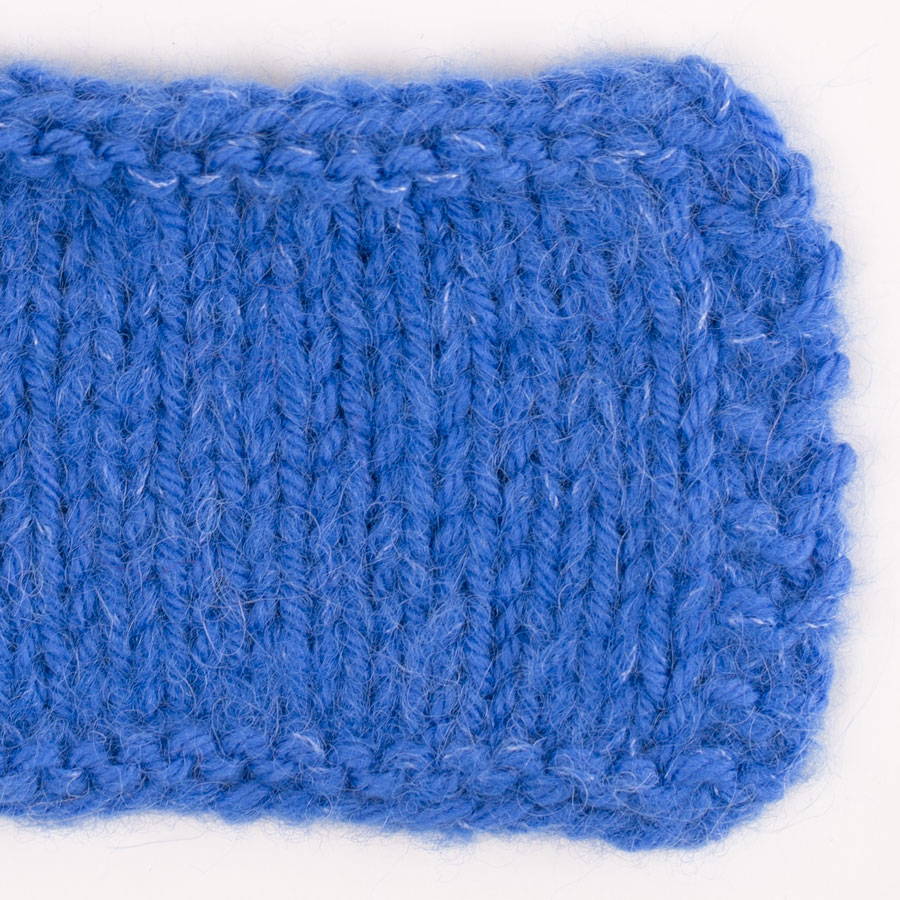
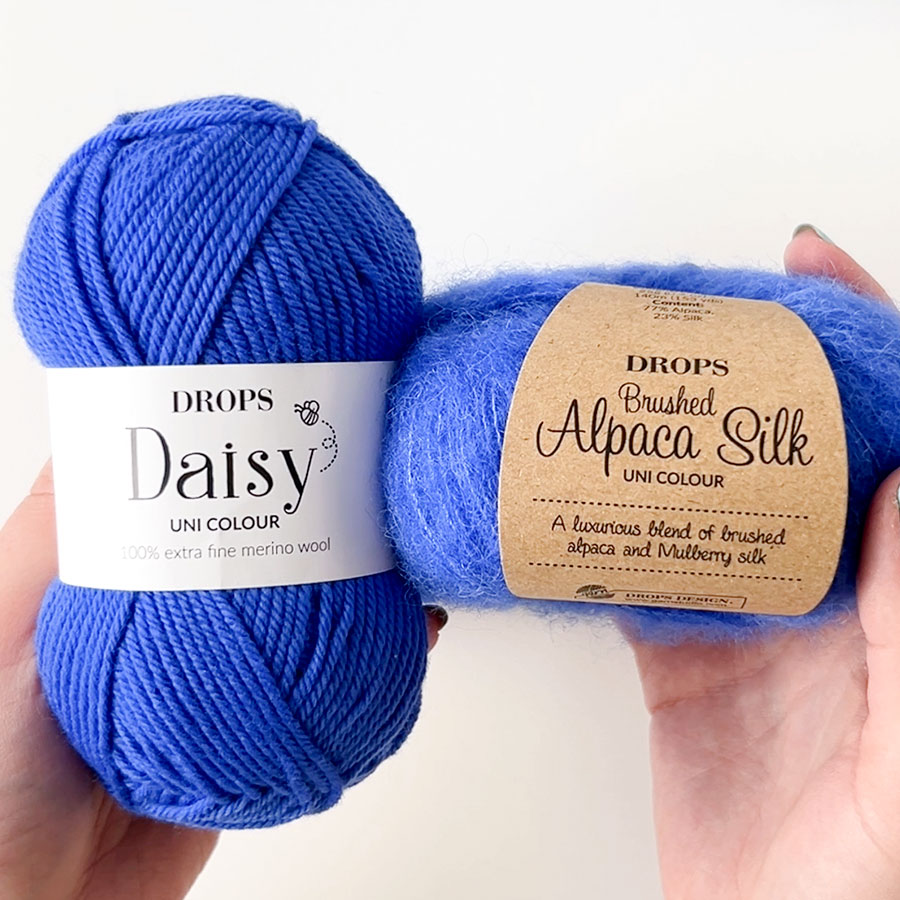
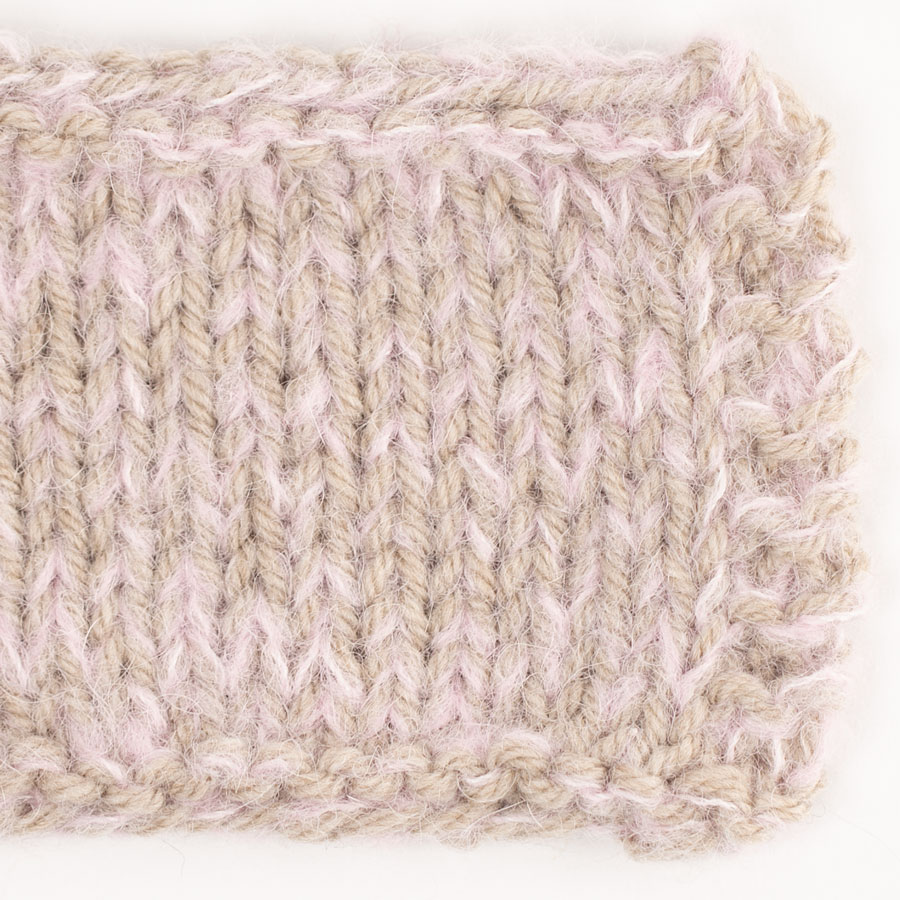
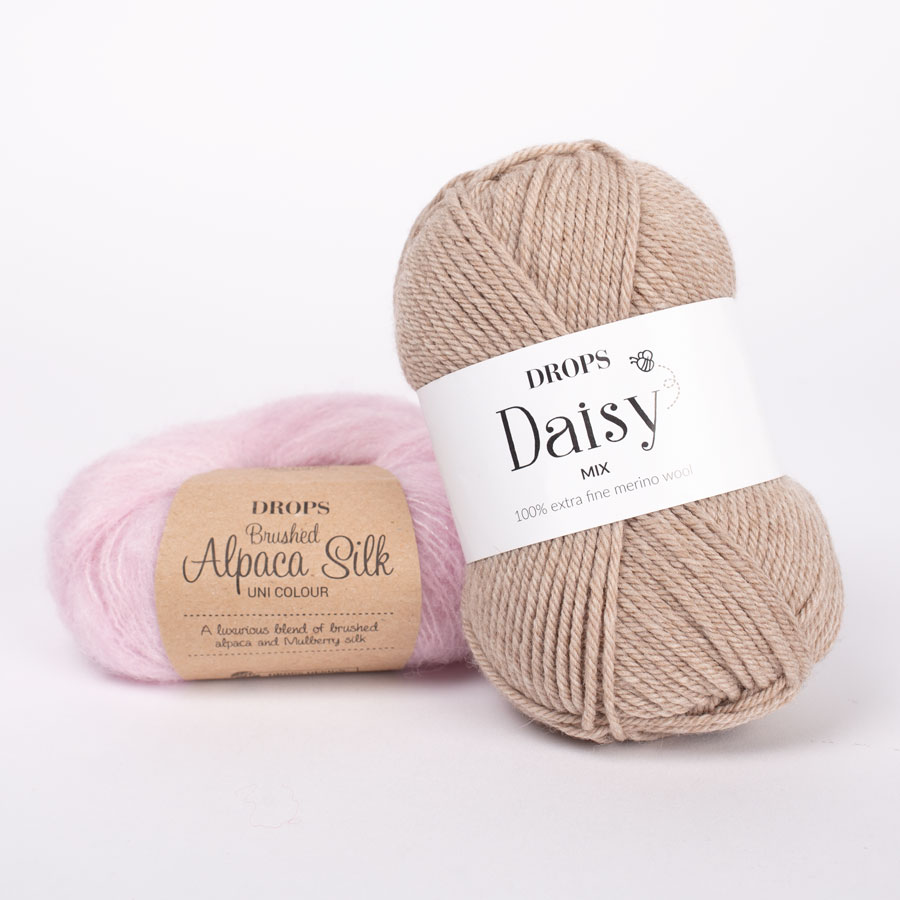
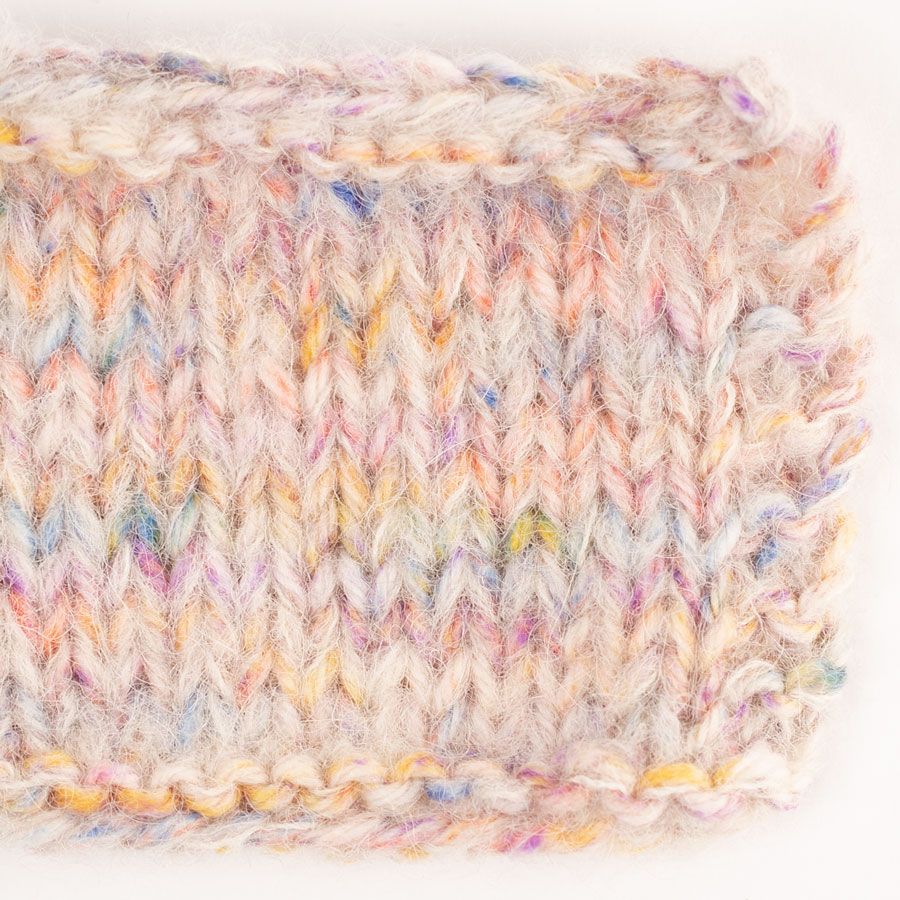
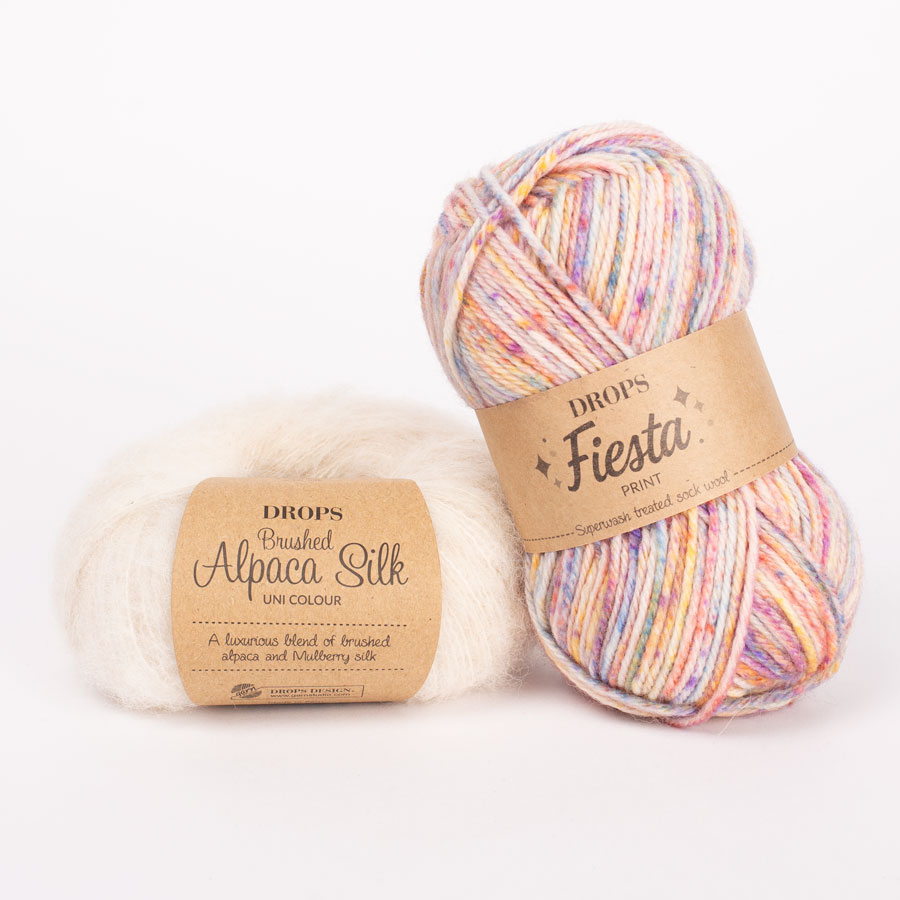
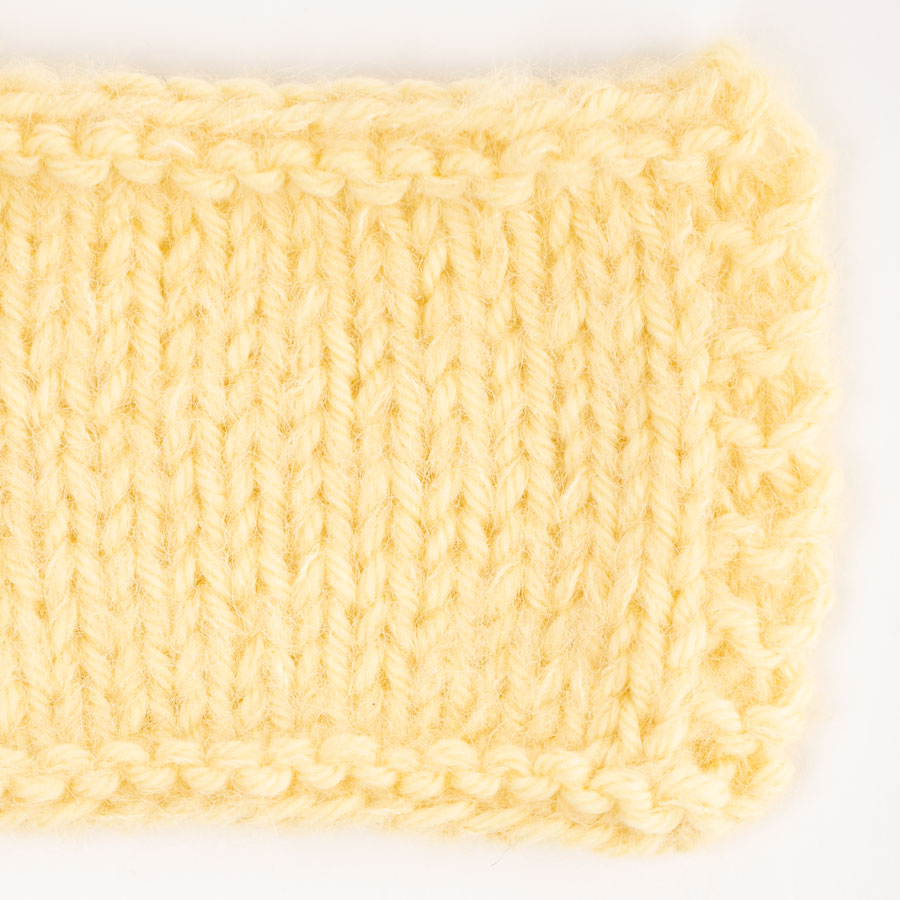
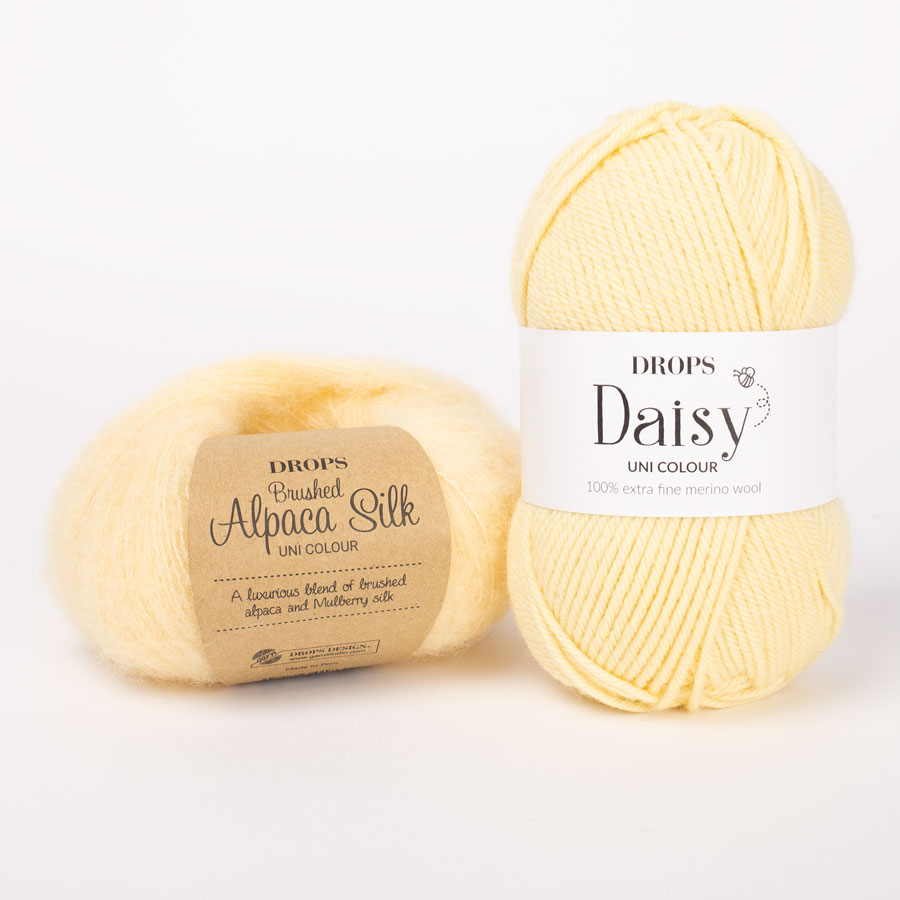
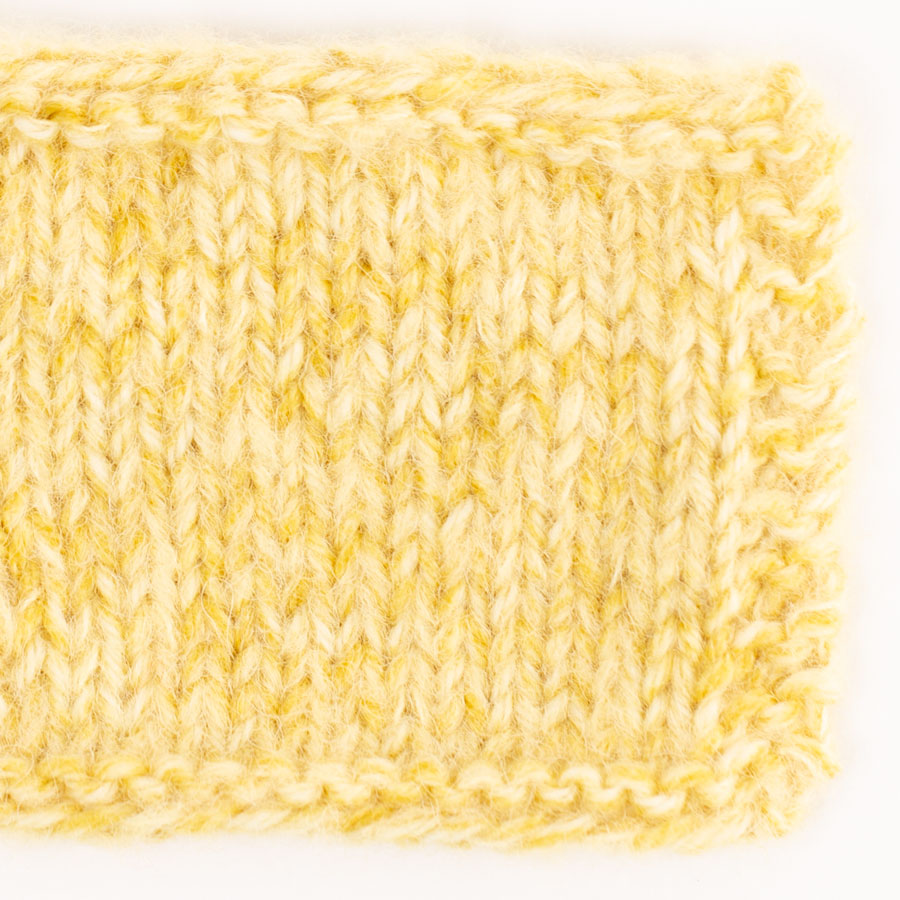
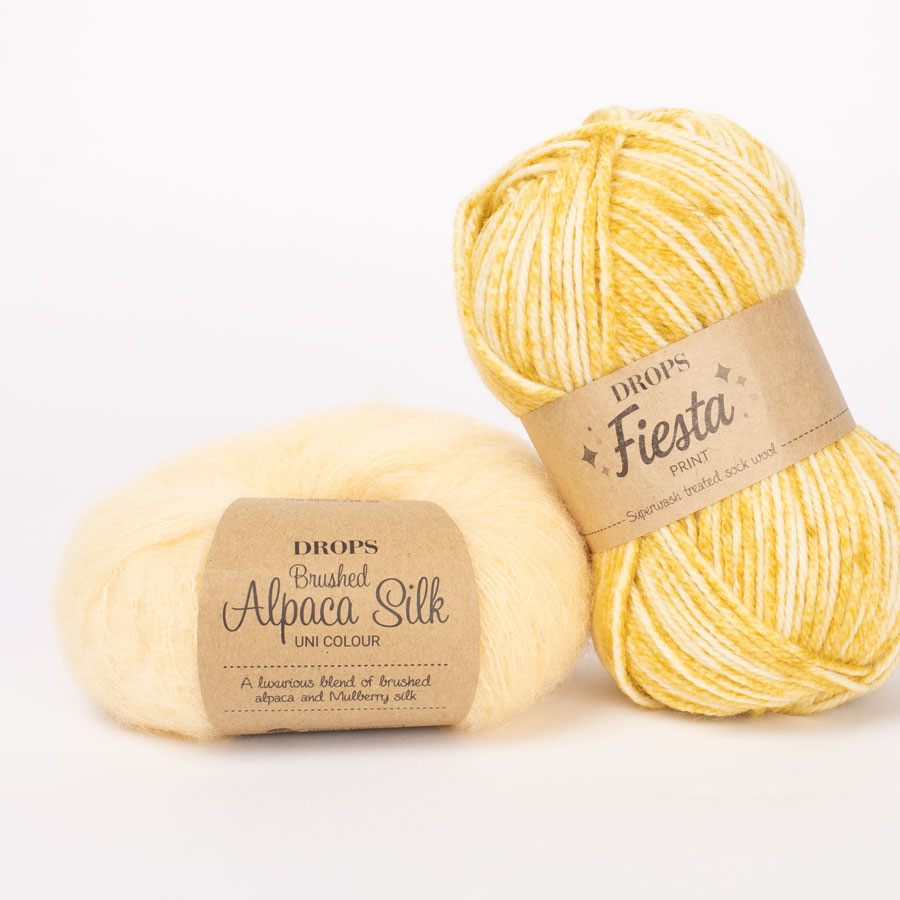
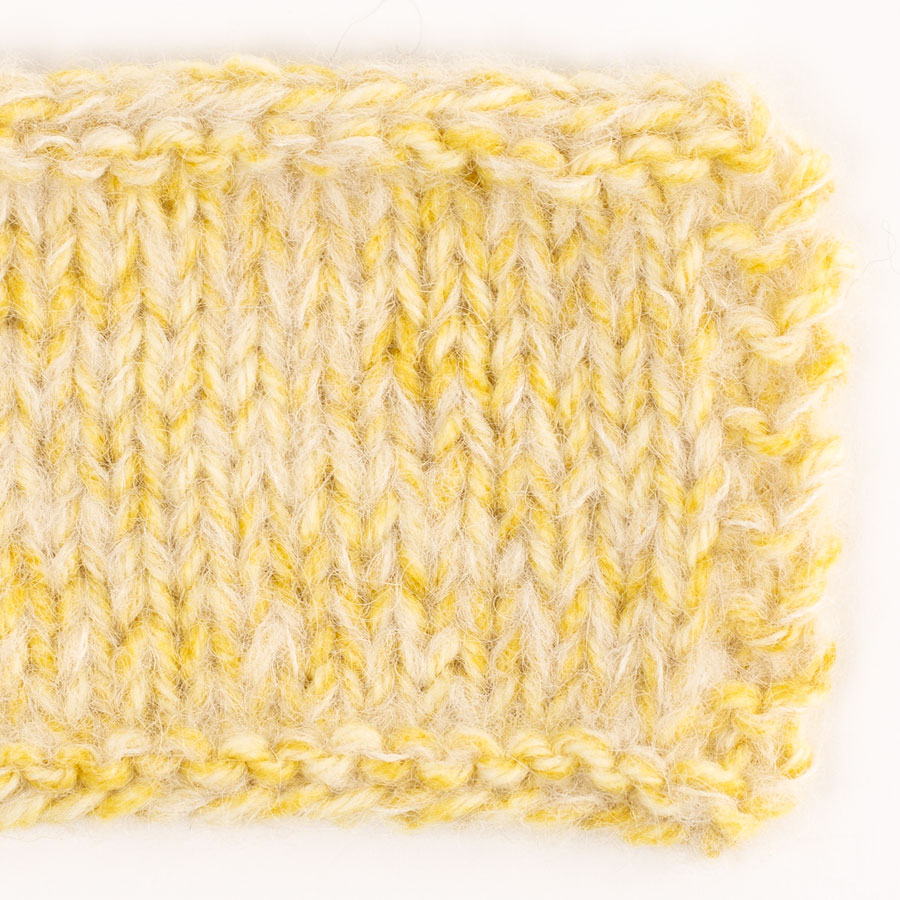
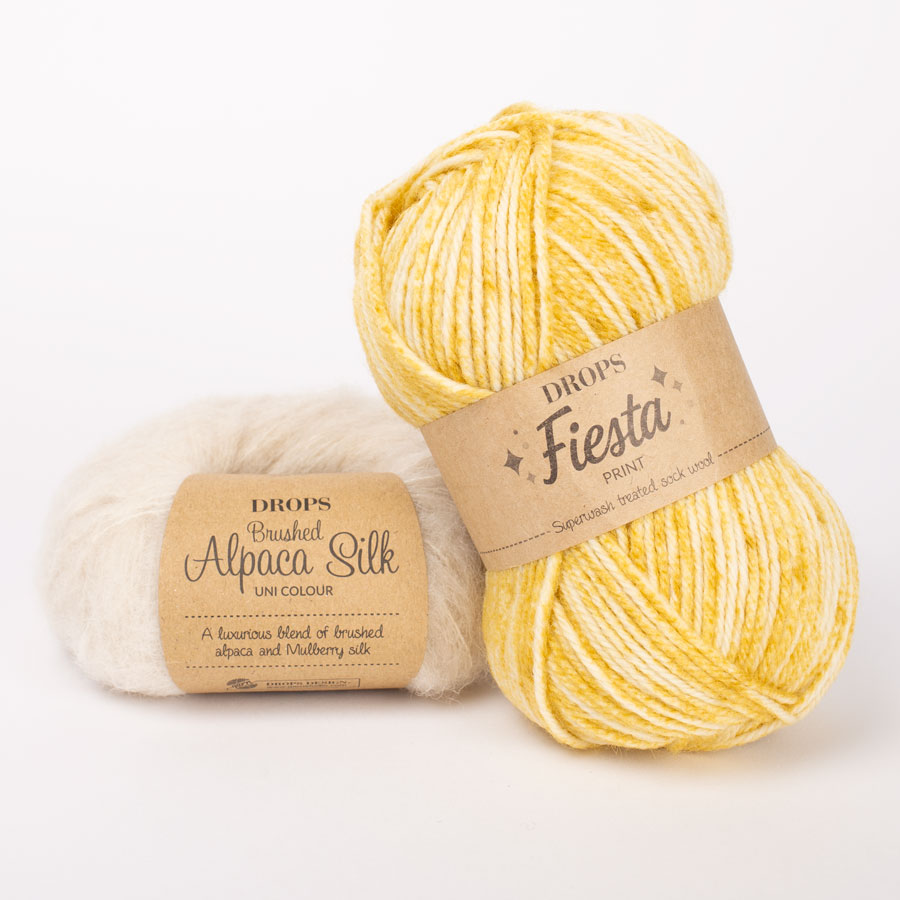
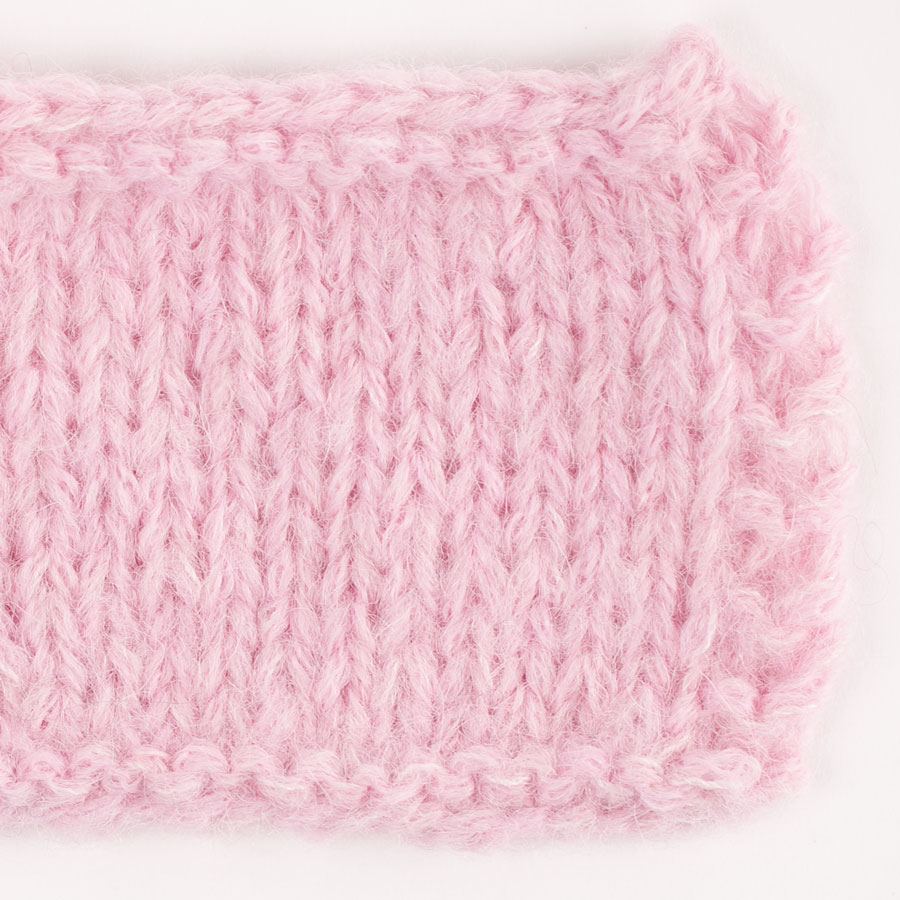
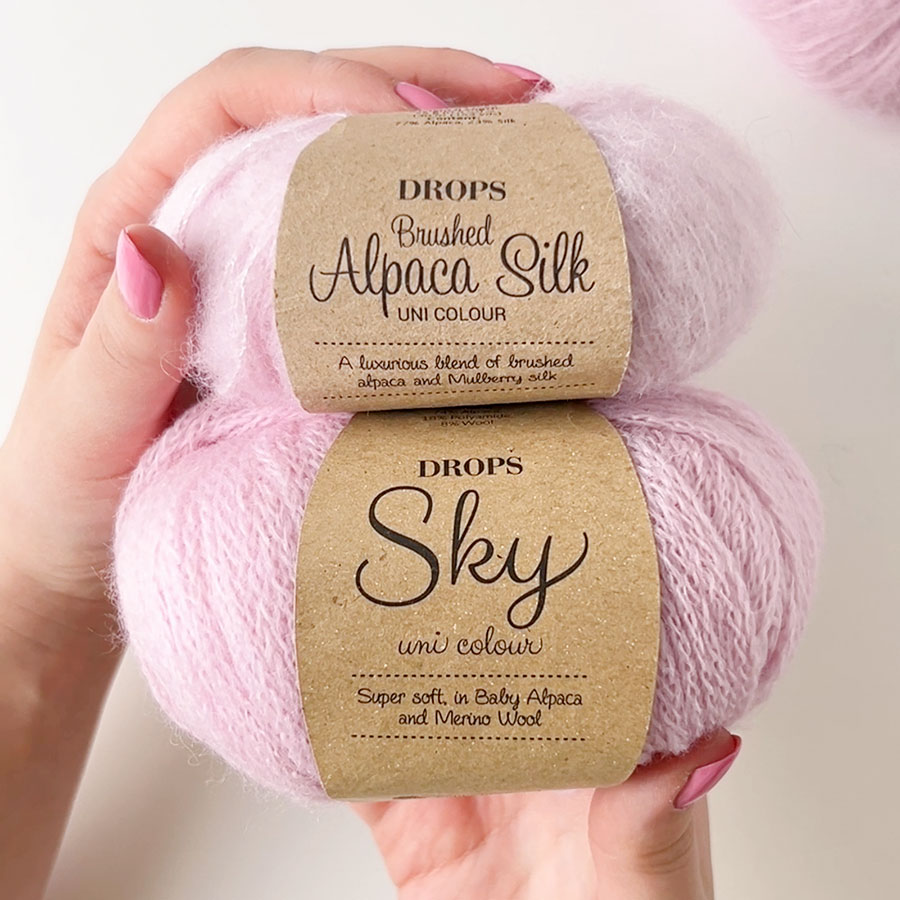








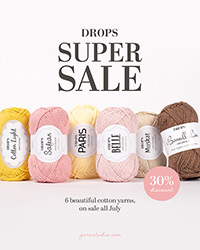
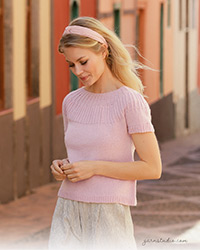
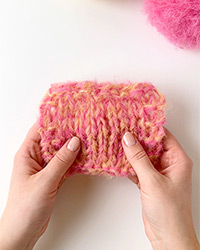
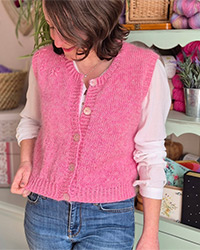
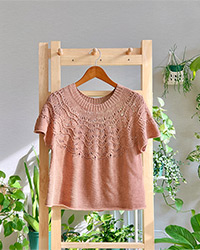
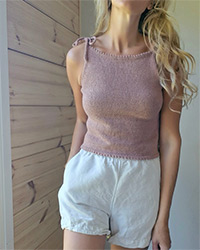
Ich habe aus dem Garn zusammen mit Baby Merino eine Jacke gestrickt, die wunderbar geworden ist und für die ich viele Komplimente erhalten habe. Leider gab es sehr schnell jede Menge Knötchen, die sich nach Abschneiden mit der Stickschere schnell neu gebildet haben. Jetzt überlege ich, die Jacke nochmal zu stricken, aber mit der Kid Silk. Wie sind da die Erfahrungen mit Knötchen? Und welche Farbe der Kid Silk passt am besten zu Baby Merino in der Farbe Cerise?
03.05.2024 - 23:46